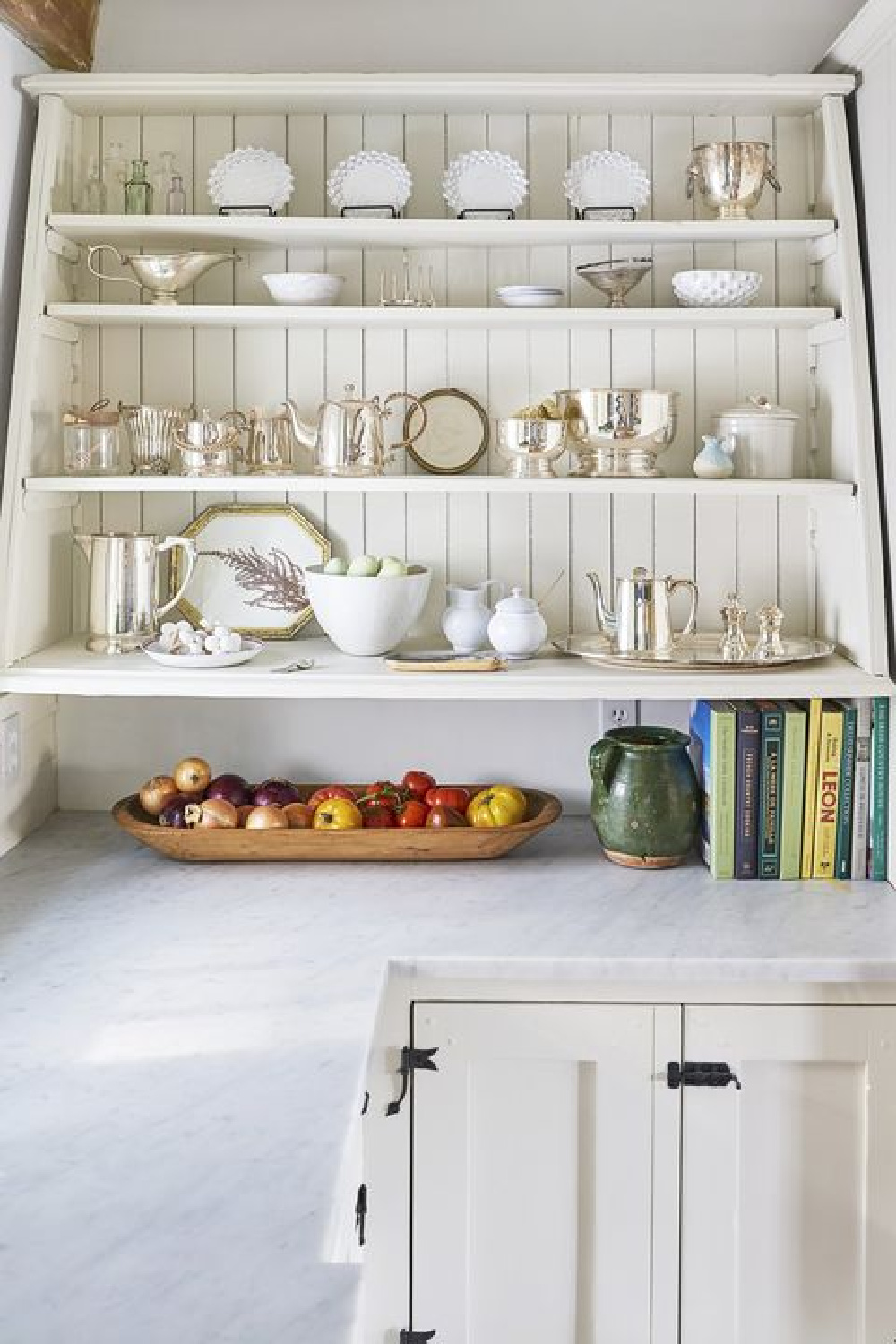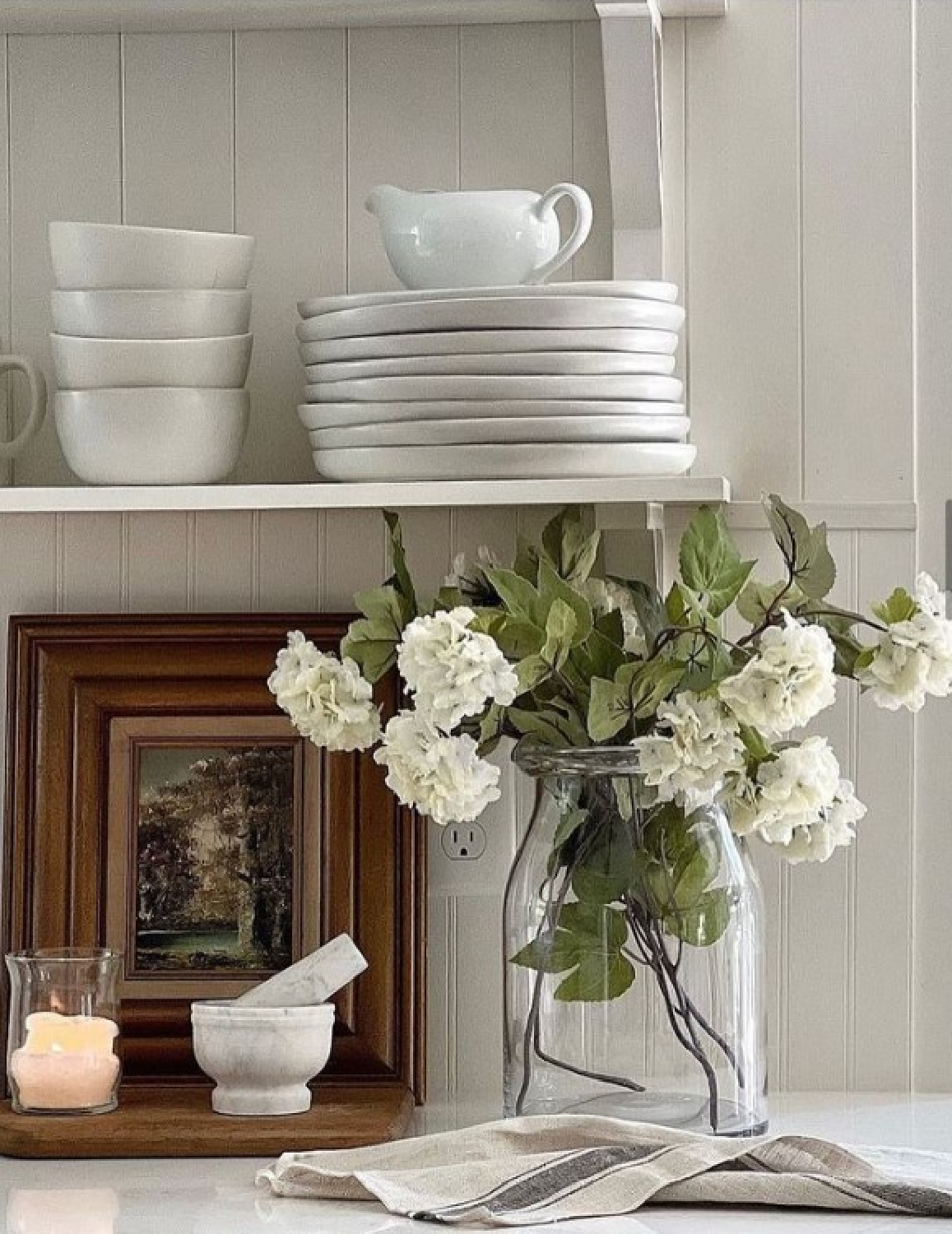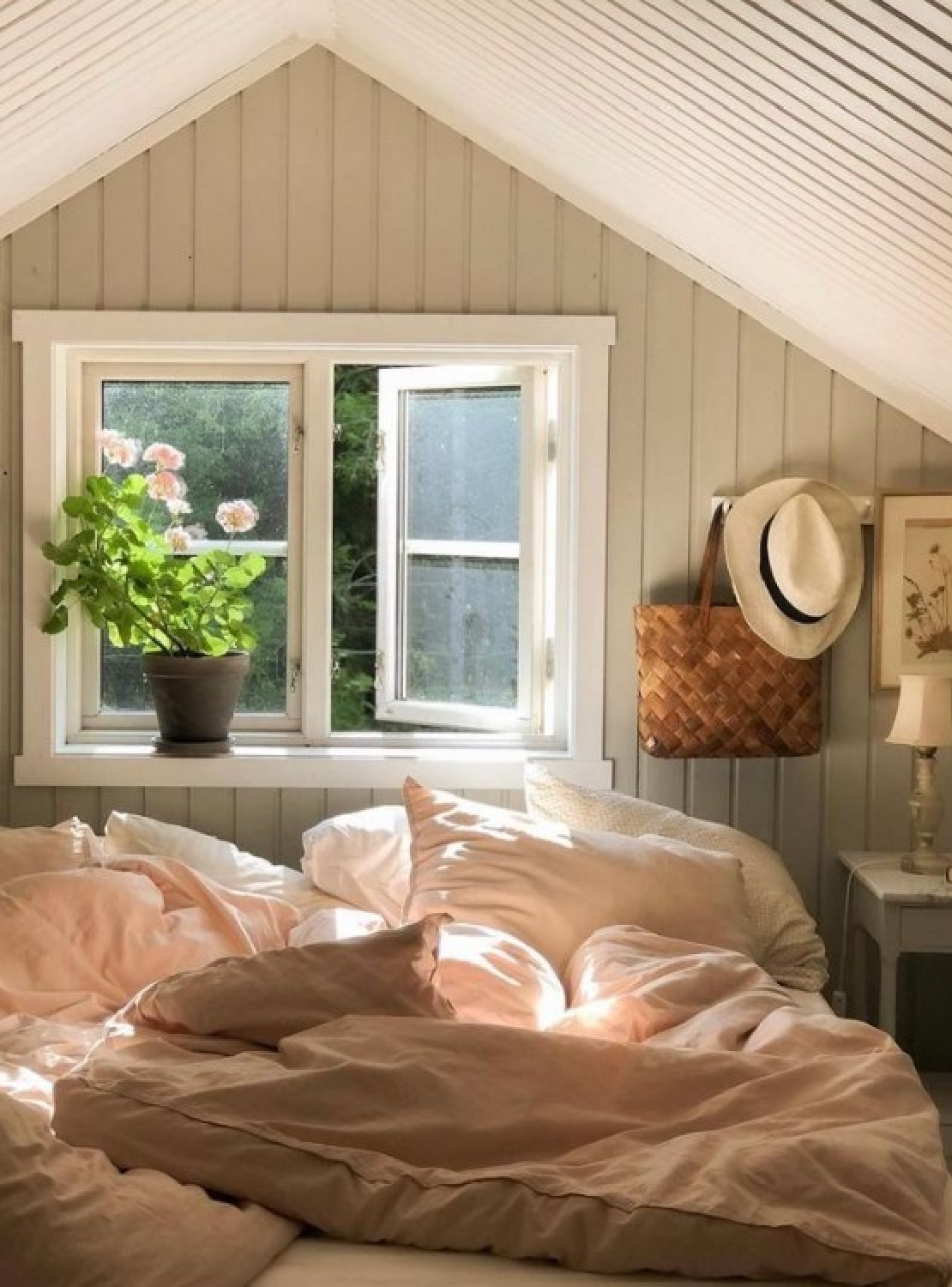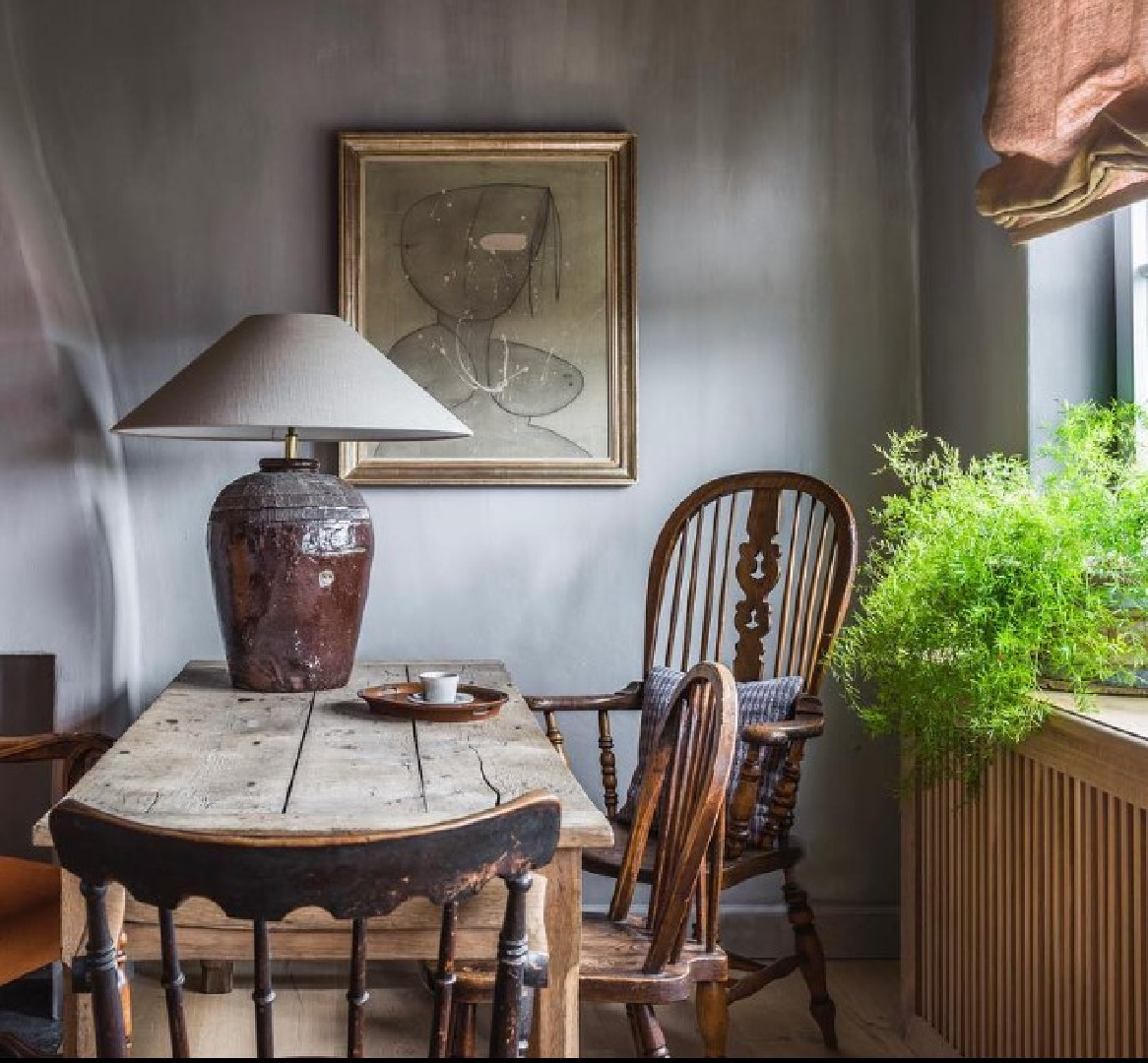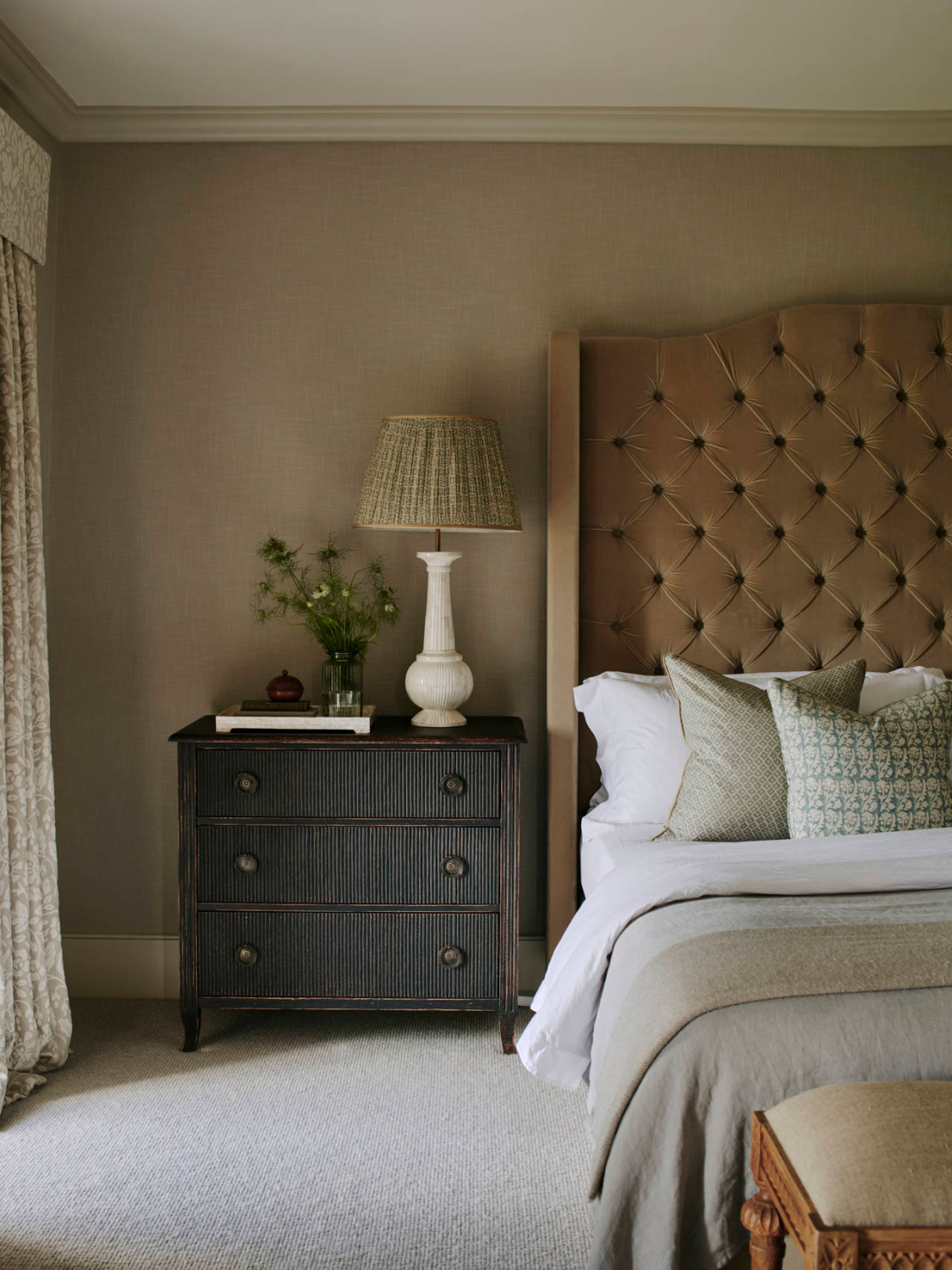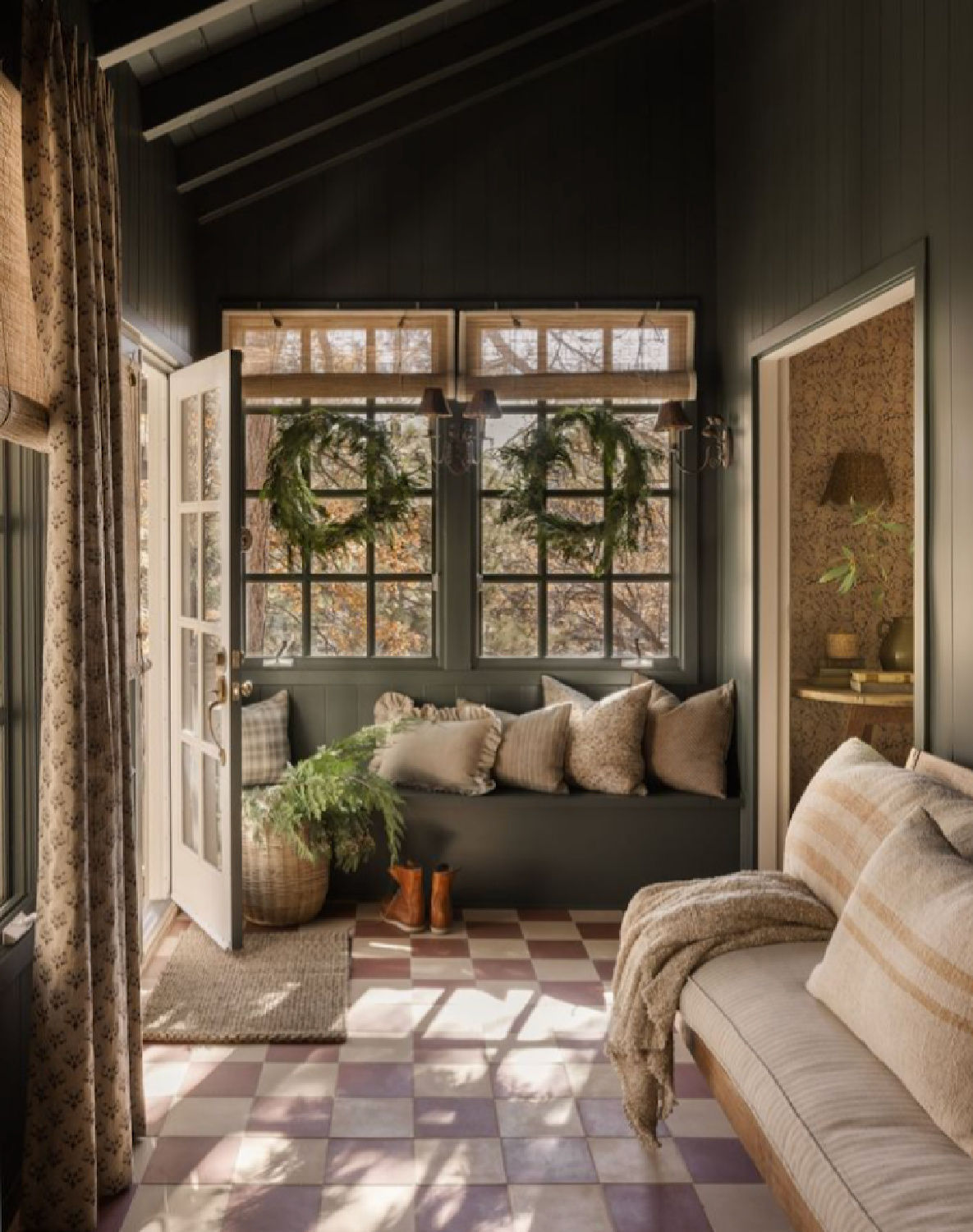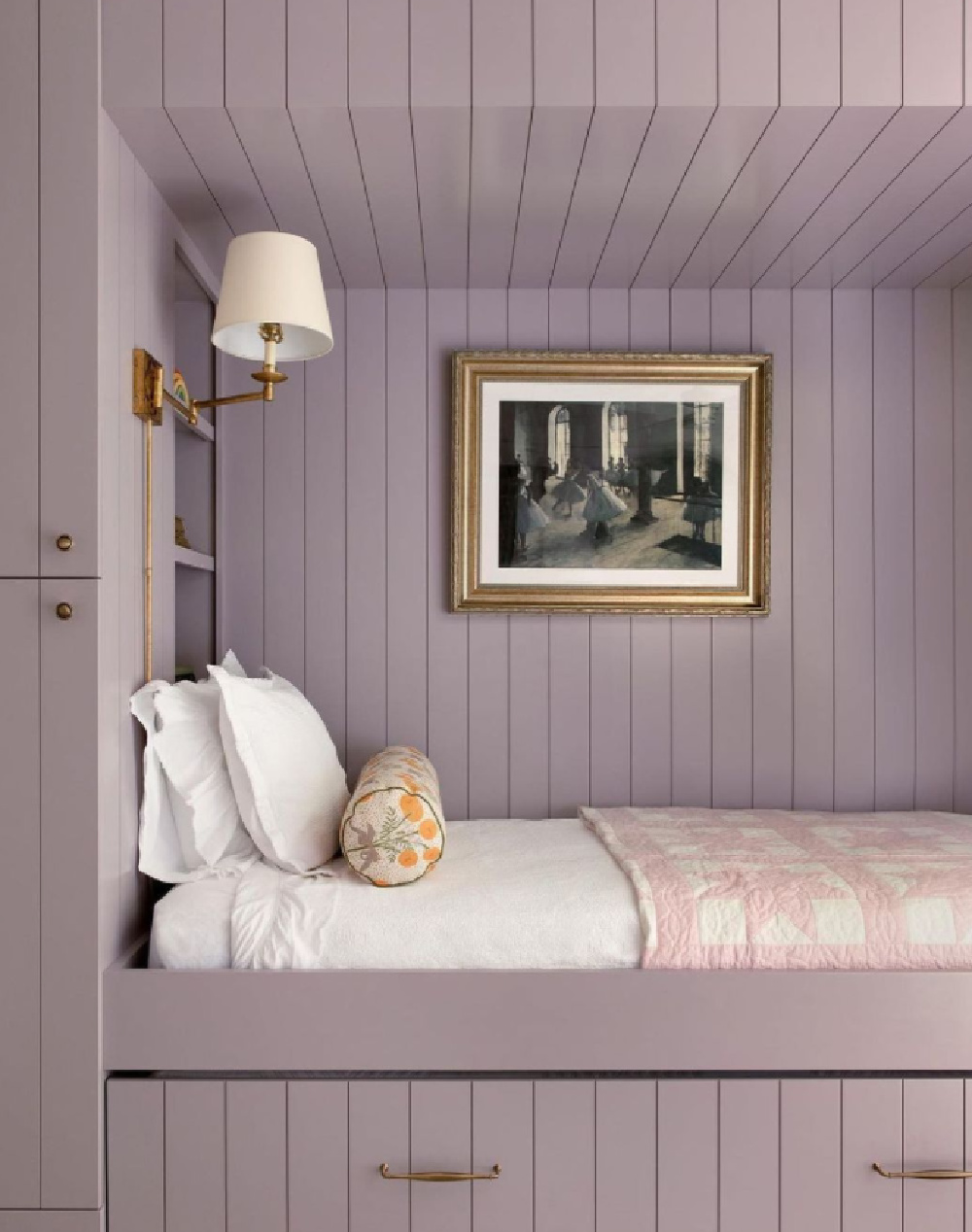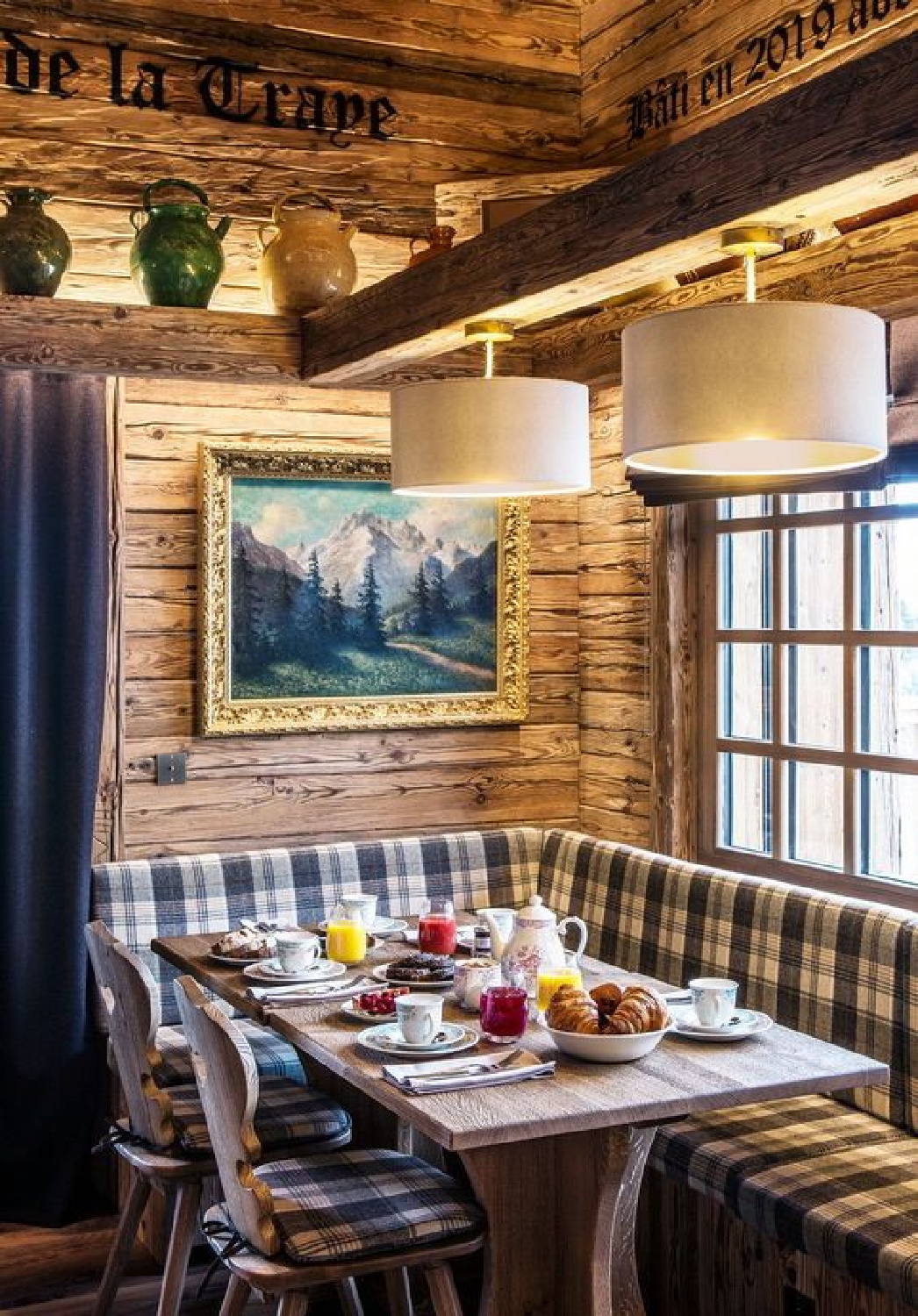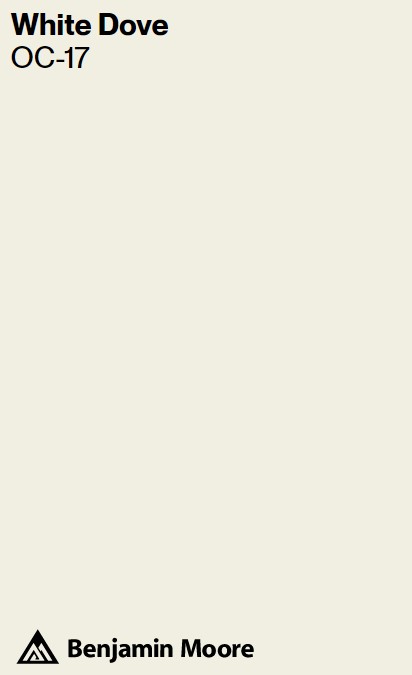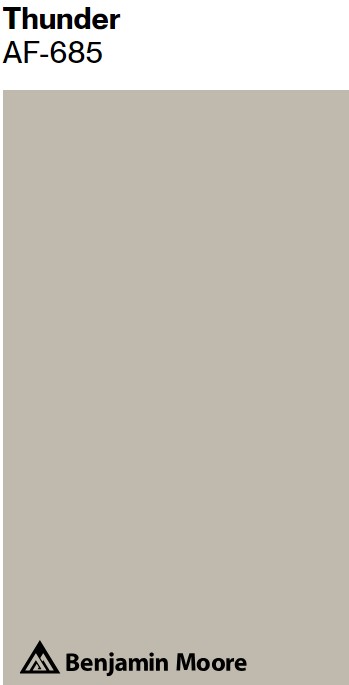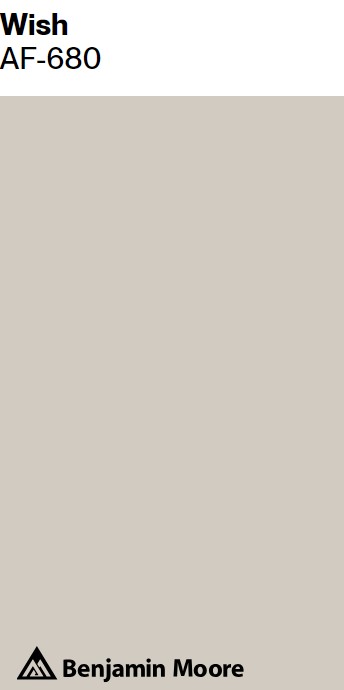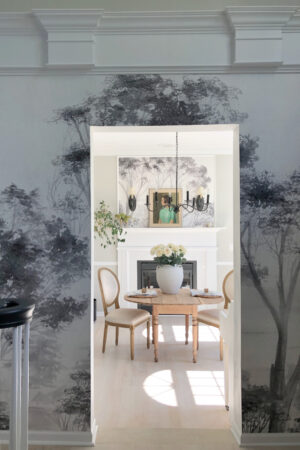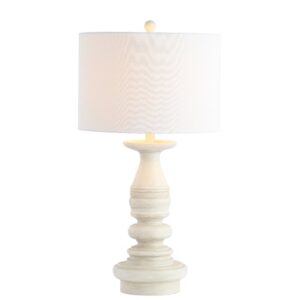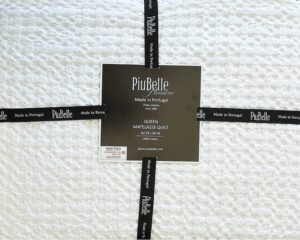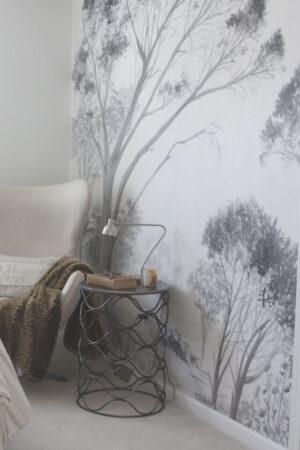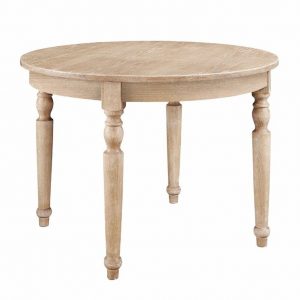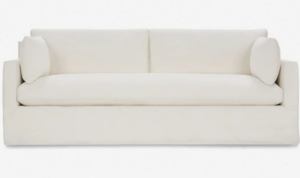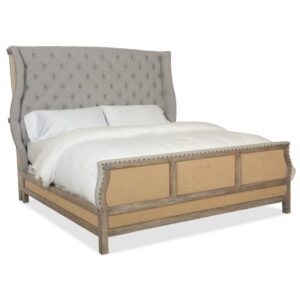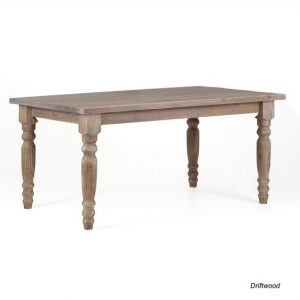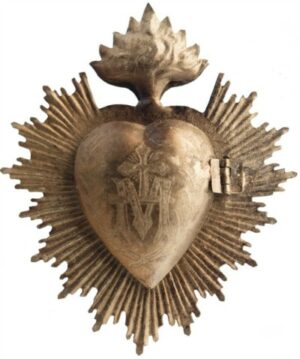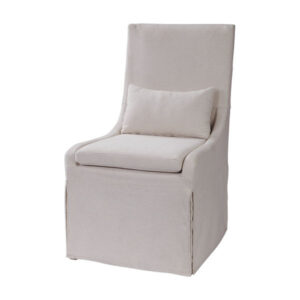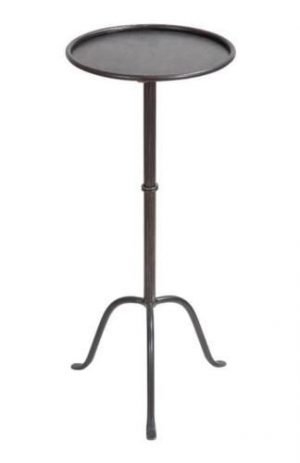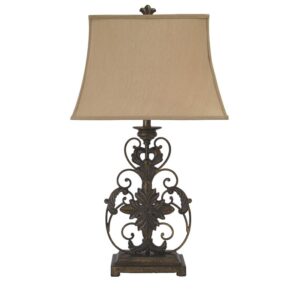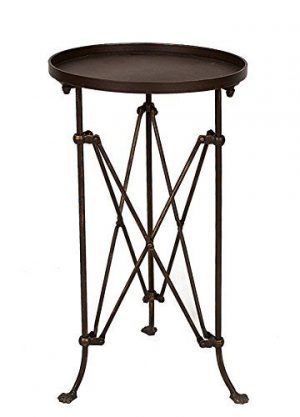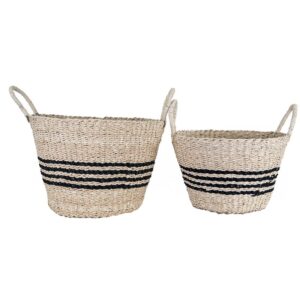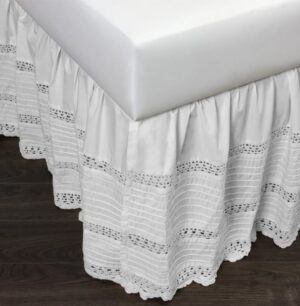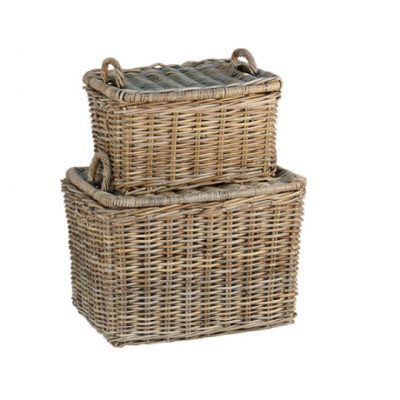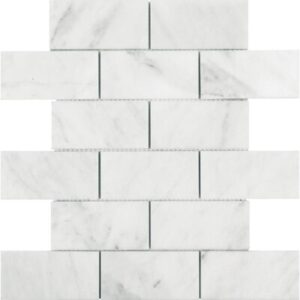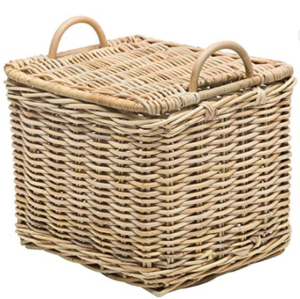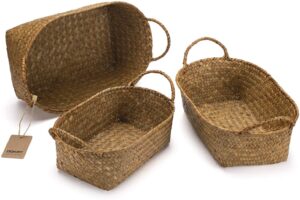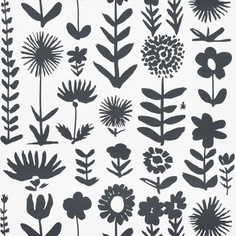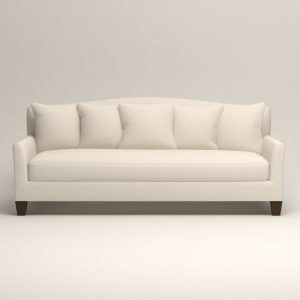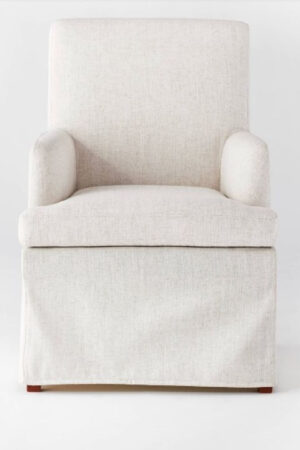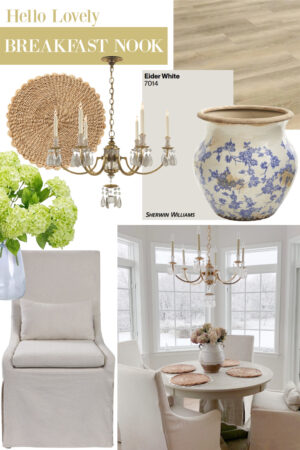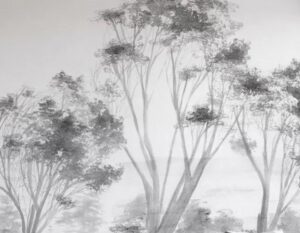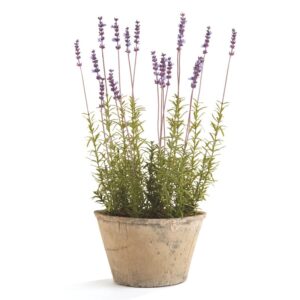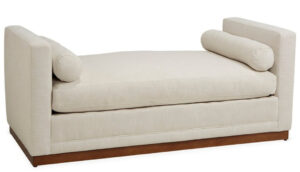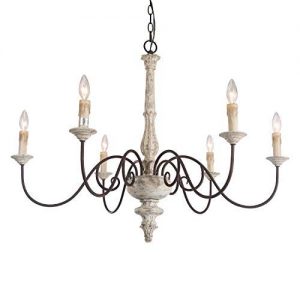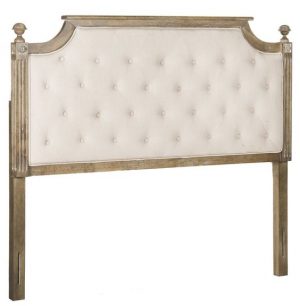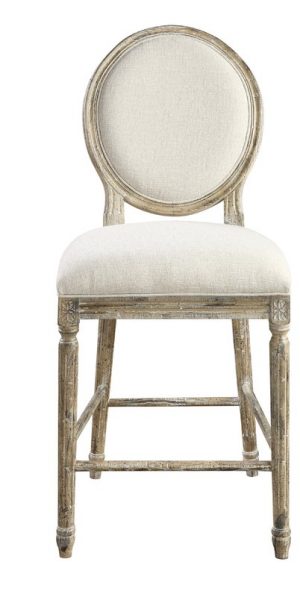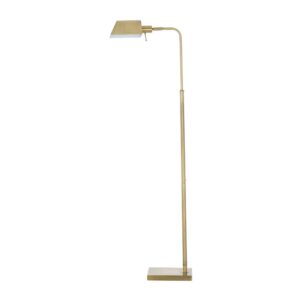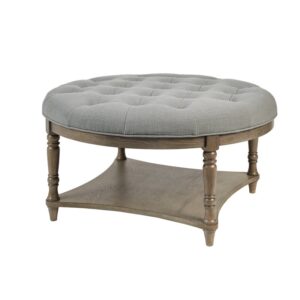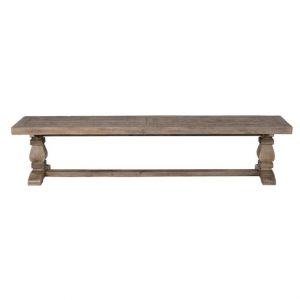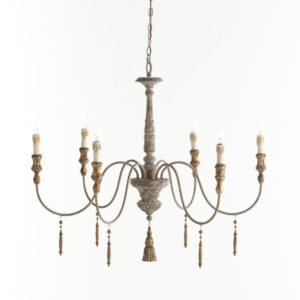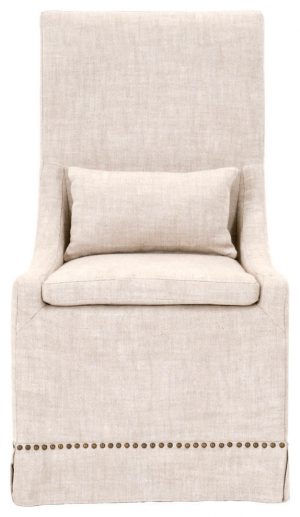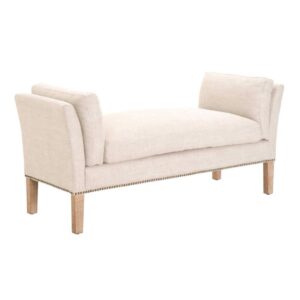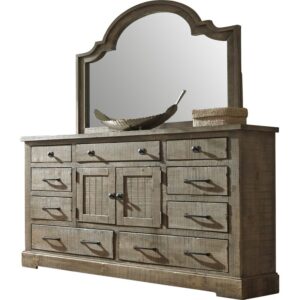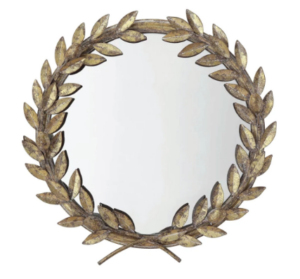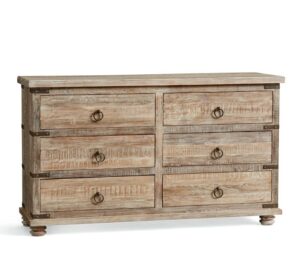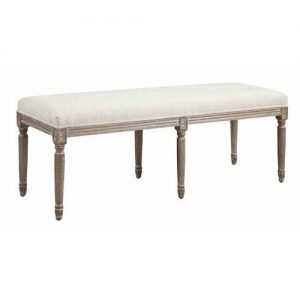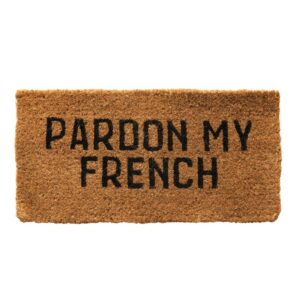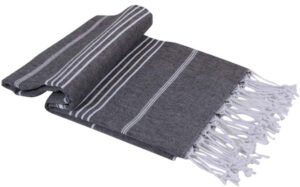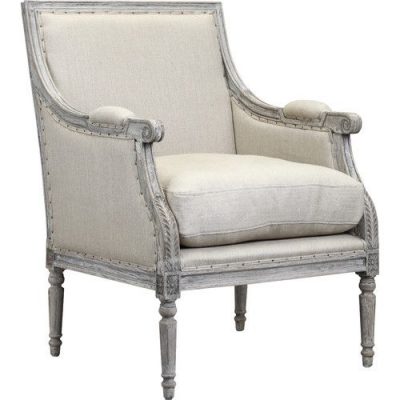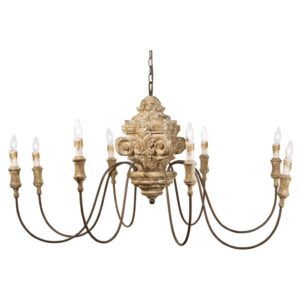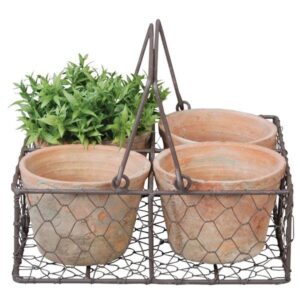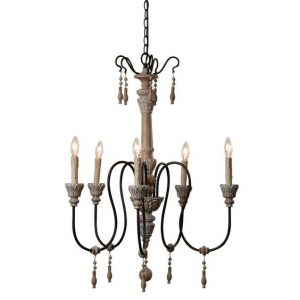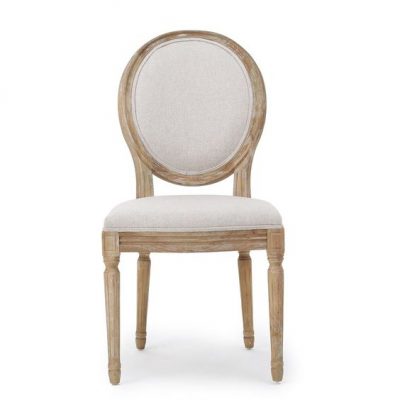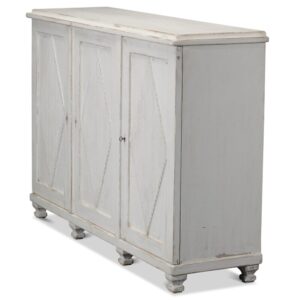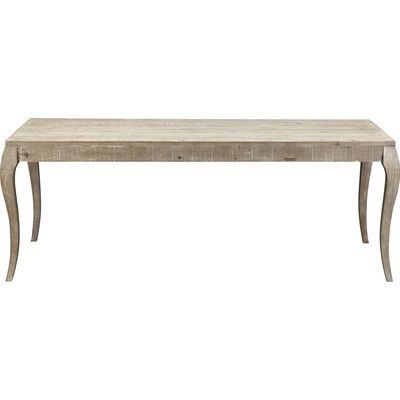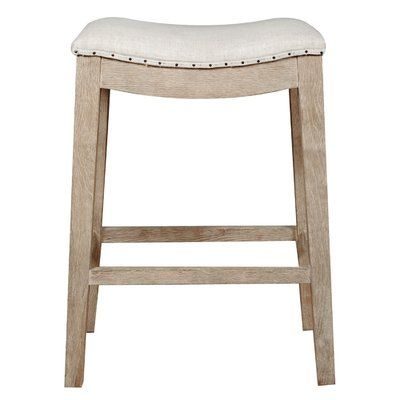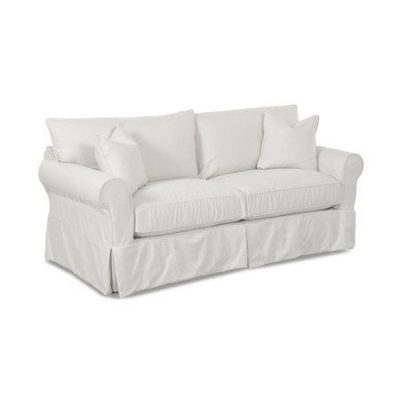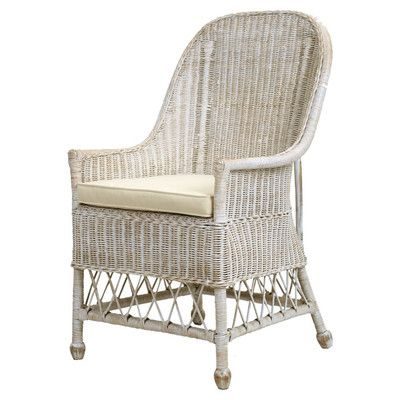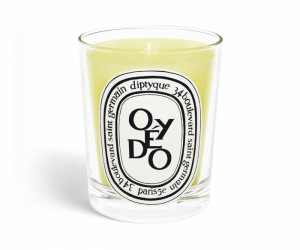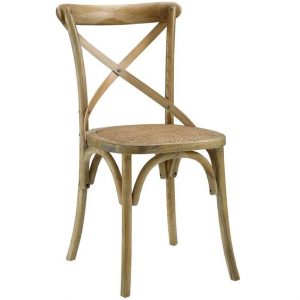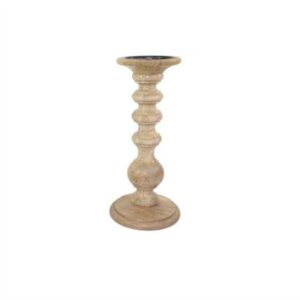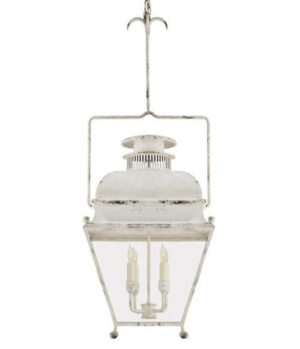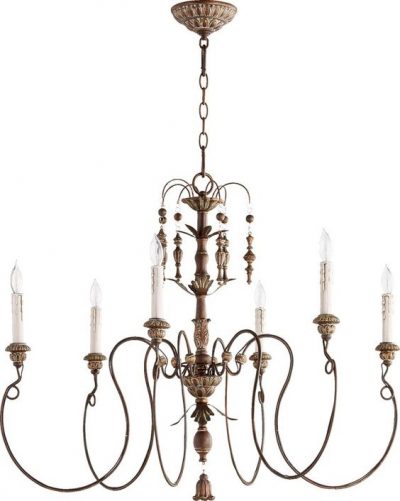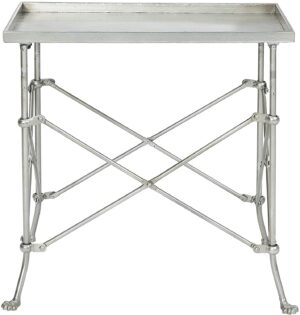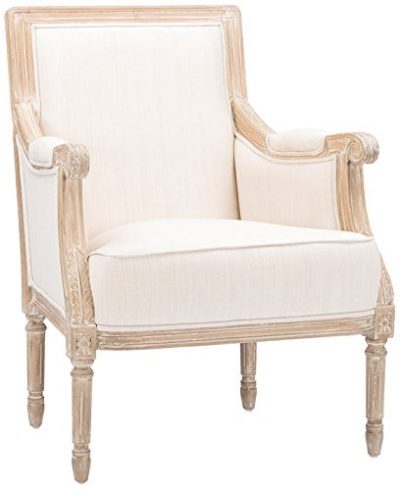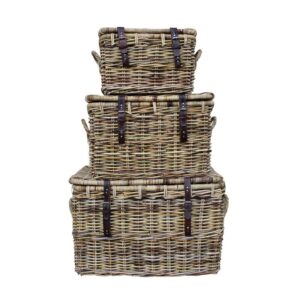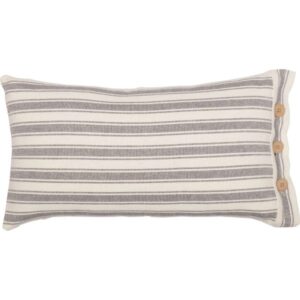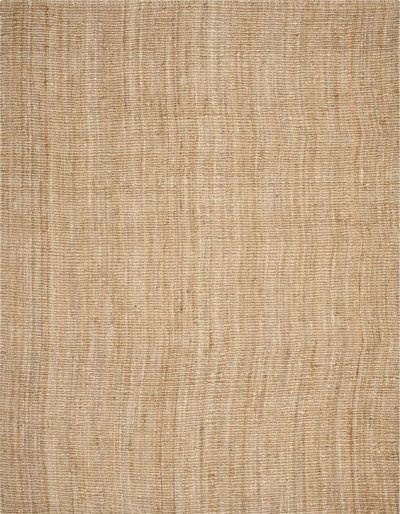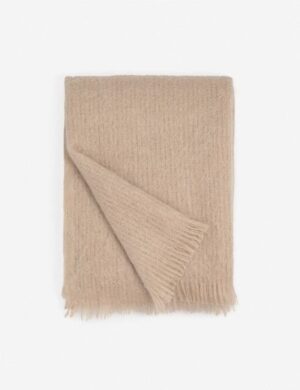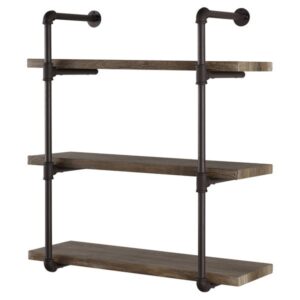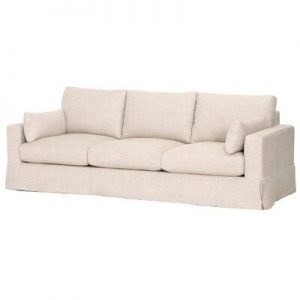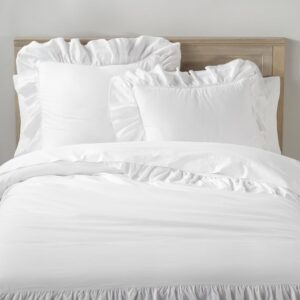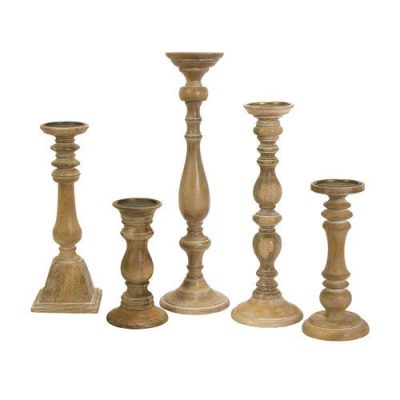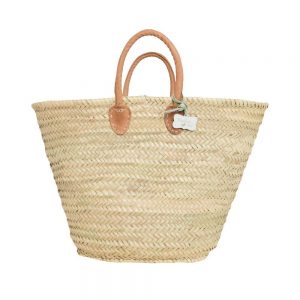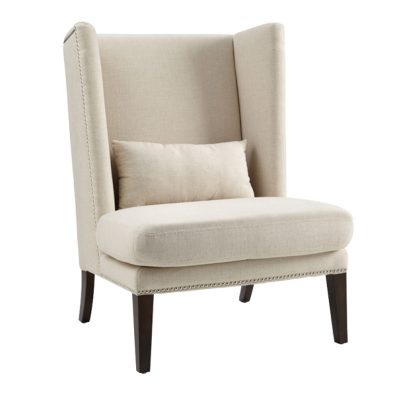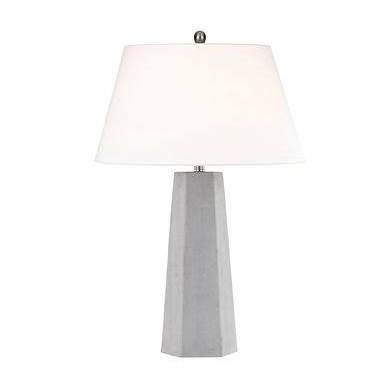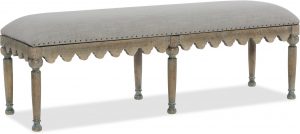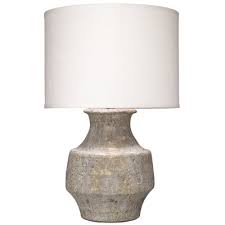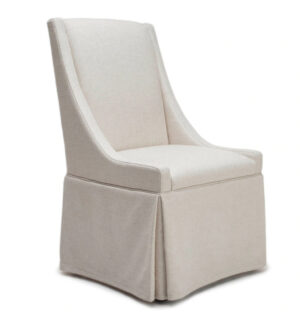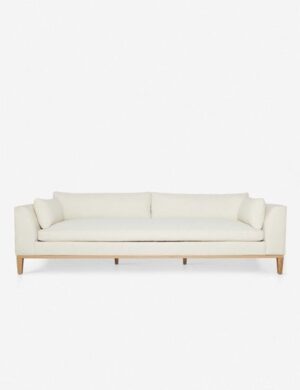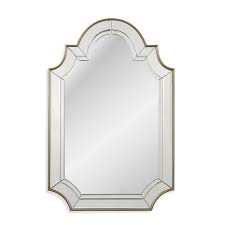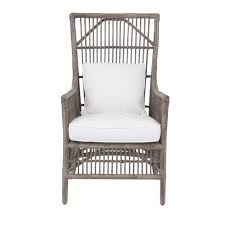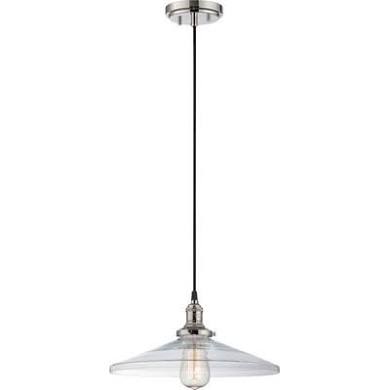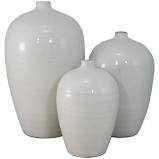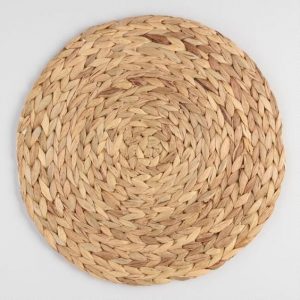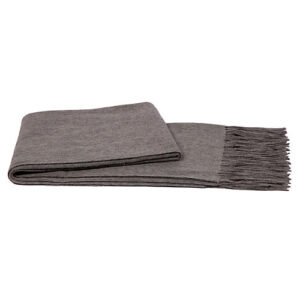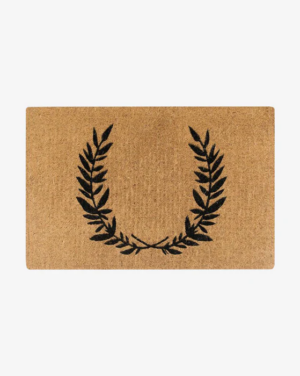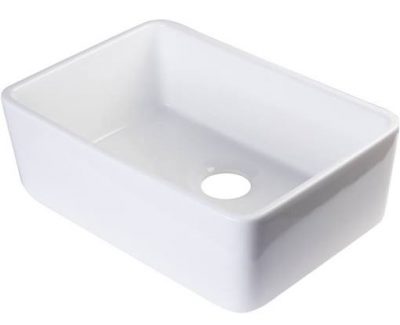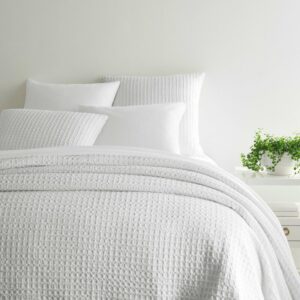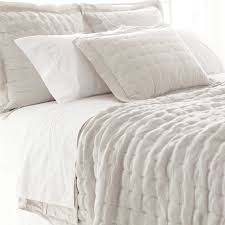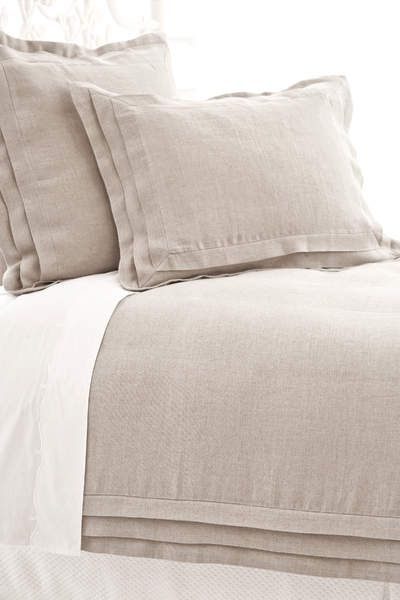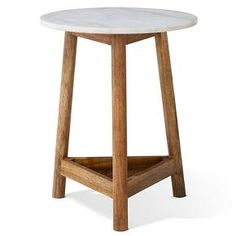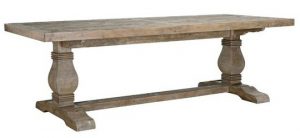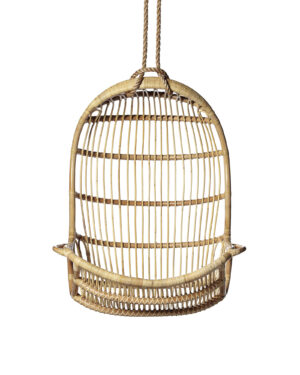What makes an interior feel more American than European or European inspired? It depends on who you ask since the landscape is ever changing. Let’s face it, we’re a global society. Most of us are influenced now by cultures, spaces, and places oceans away because of the internet. It’s easier to develop (or at least fake!) sophisticated taste in furnishings, art, and an eclectic mix of decor. Such taste and influence used to require travel, books, and the natural progression of time and experience. Let’s explore American country spaces that may lean toward or hint at more American sensibilities.
American Country Spaces Vs. European Country Interiors
It’s not as if American or European country interior designs can be summarized here in a single post. There’s not a singular American look, and you can often easily recognize a Southern country interior from a New England one. And think about the range of European designs! A modern country Belgian flat is typically decorated far different than a Tuscan villa in the countryside.
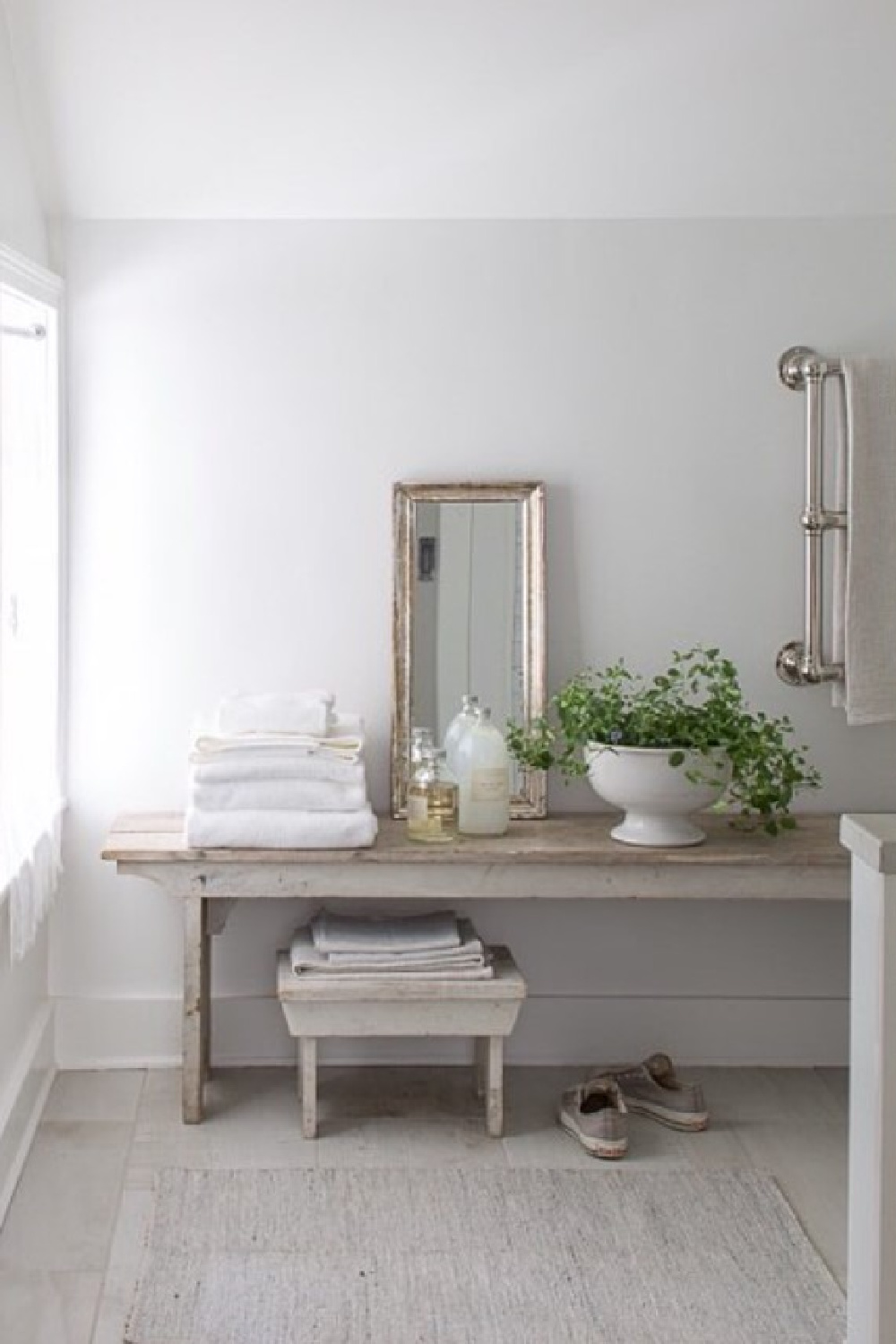
In general, country style interiors vary due to regional influences as well as historical, cultural, and environmental factors. Still, we can demystify and unravel a bit of the variation.
Historical Influences
In the USA, the designs in more traditional American country spaces often reflect the history of early American settlers. What we used to call “country decor” 30 years ago (without distinguishing it as traditional or modern country) drew inspiration from rustic and farmhouse aesthetics. Country decorating generally tends to reflect Colonial, Shaker, and Arts and Crafts styles.
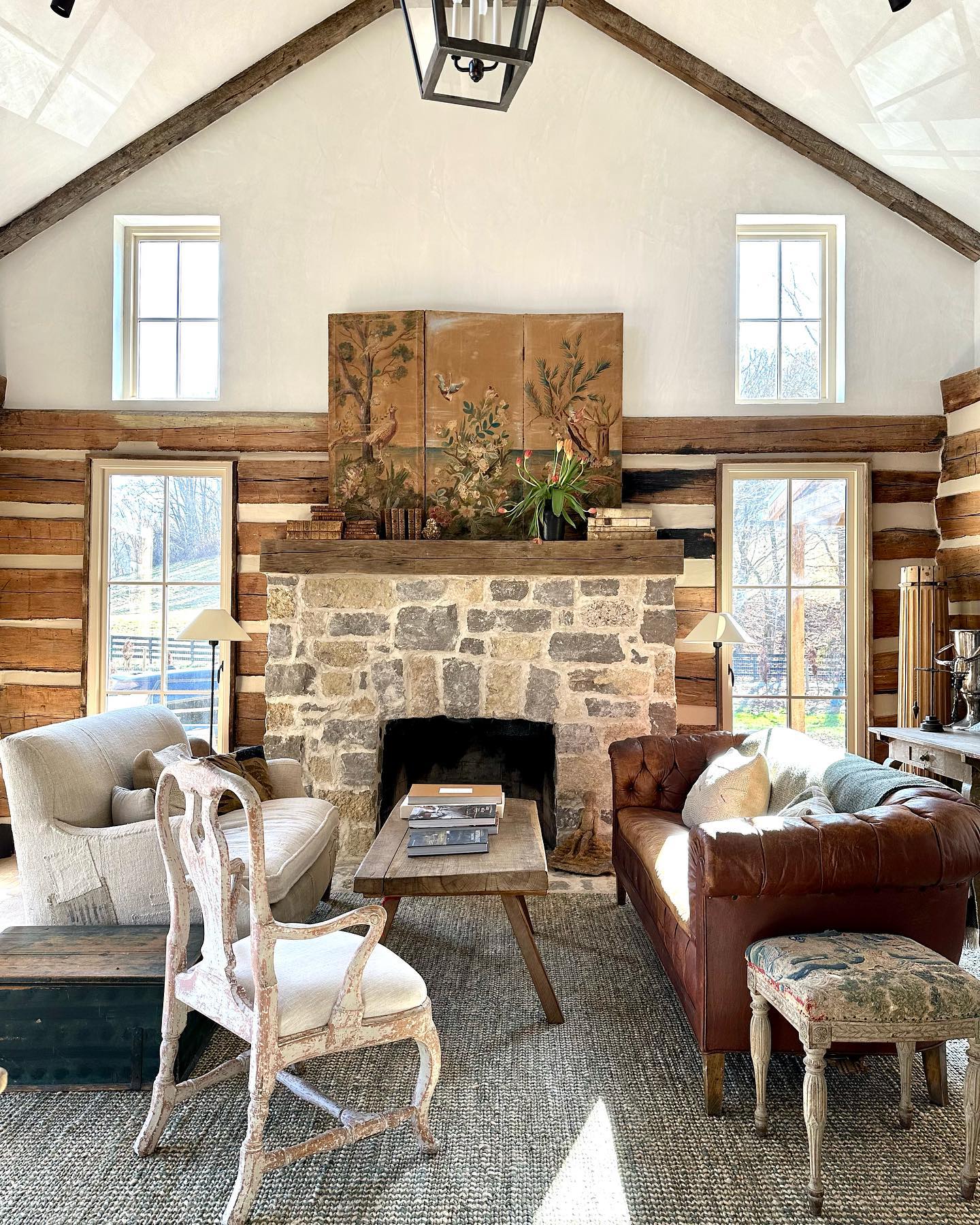
European country design does appear to be more diverse than American, and it makes sense given the rich history and varied cultural influences across the continent. For example, French country designs often emphasize elegance and provincial charm, while English country design can feel more traditional and classic.
Materials and Finishes
American country spaces incorporate natural materials such as reclaimed wood, stone, and wrought iron. Since the goal is to create a warm and cozy atmosphere, utilizing handmade and locally crafted elements is more honored than factory-made furniture and synthetic building materials (I’m lookin’ at you, polyester upholstery and LVP.)
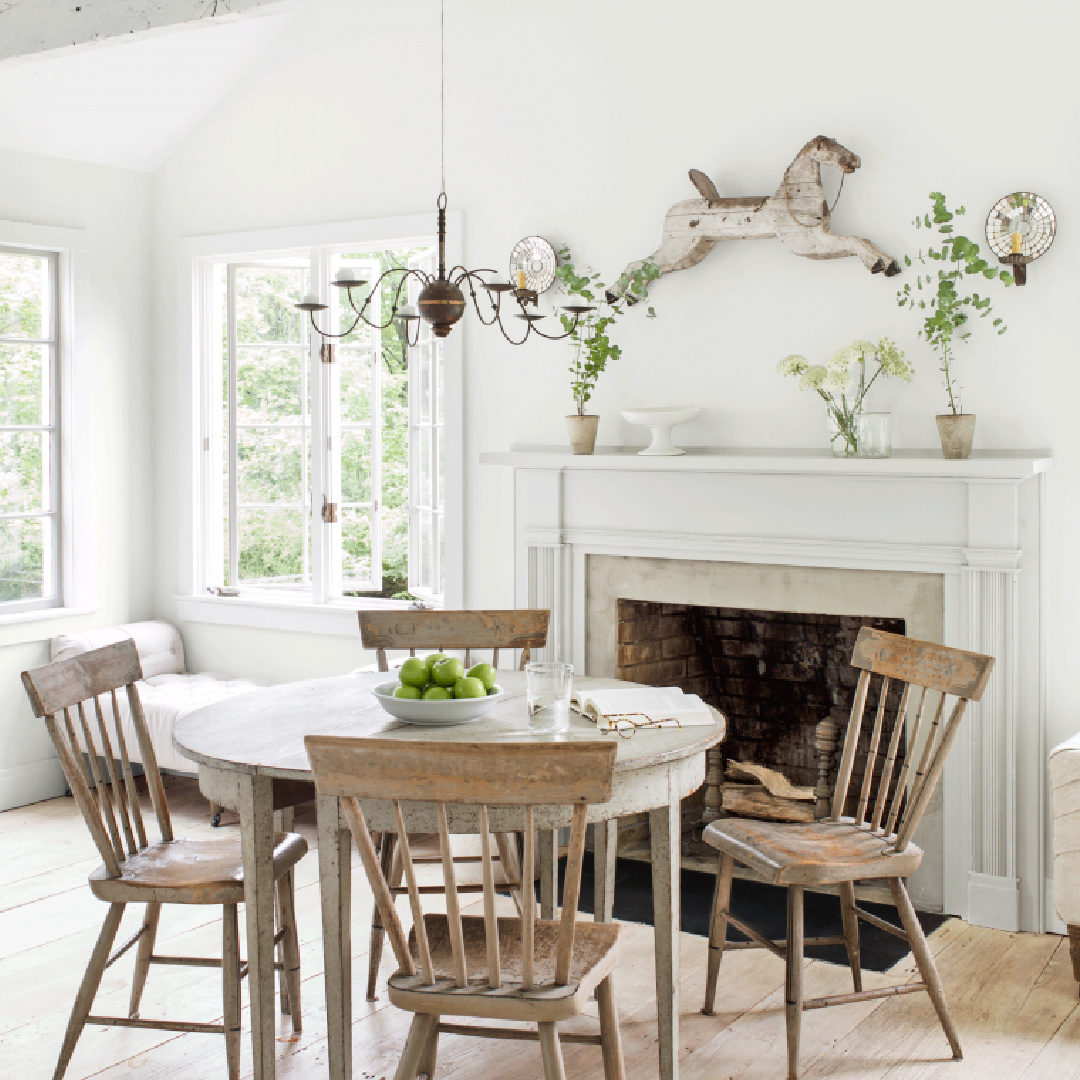
European country design materials will vary based on a specific region, but we typically see more use of stone, brick, and plaster. European country interiors often showcase a mix of refined and rustic elements, with an emphasis on craftsmanship.
Color Palette
Traditional American country interiors often feature warm, earthy tones such as muted greens, browns, and reds. But blues, grays, and neutral tones belong too since they reflect natural colors found in nature too. Warm color palettes inspired by nature aim to create a welcoming and relaxed environment. But modern country color stories with cool tones can still feel welcoming and casual with the added benefit of feeling spacious, light, and uplifting.
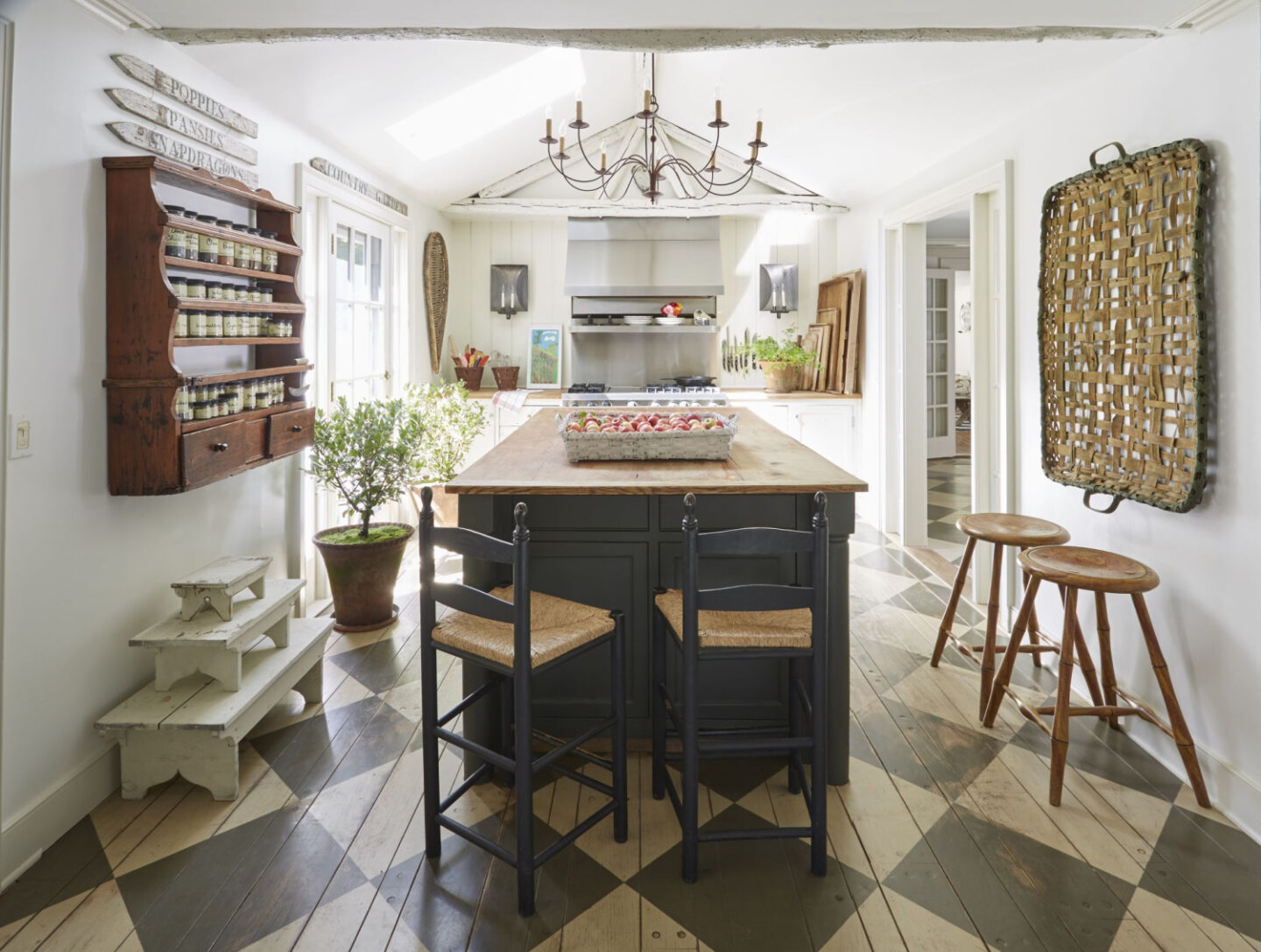
European country designs seem to call for more variation of color. French country spaces might include softly romantic pastels such as muted blue, while English country design may feature richly hued deep greens and burgundies.
Furniture Styles for American Country Spaces
The emphasis for furniture is often simplicity, function, handmade, and patina. There is an informality of style since comfort and practicality are priorities.
European country furniture styles can range from elegant and refined (think: modern French country design) to more traditional and sturdy (as in English country design). It does appear that Europeans choose antiques and pieces with more intricate detailing.
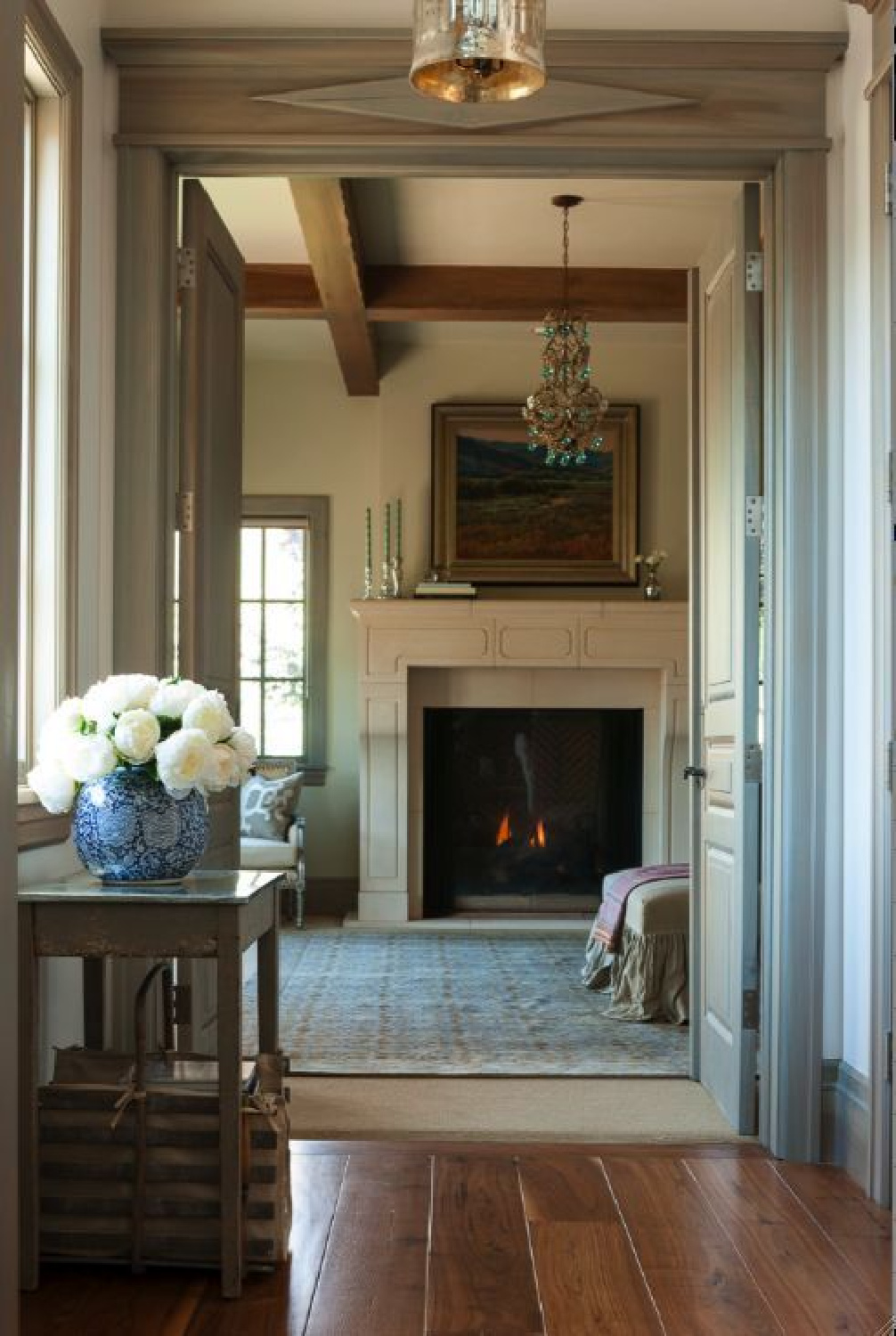
Textiles and Patterns
American country style fabrics tend to be durable and comfortable, with plaids, checks, and simple floral patterns being common. Quilts and woven textiles are also popular.
European designs often incorporate patterns that are more diverse, with toile, floral, and striped fabrics frequently chosen. Textile choice often reflects both regional influences and historical patterns. However, it isn’t just Americans who love plaid. Here’s a design in the Swiss Alps:
The fabric in this nook could easily work in American country settings, but other details provide clues that this is in Europe. You can sense history, age, patina, and even a European elegance from subtle refined details. Let’s face it. America is still a relatively young country, and patina takes time to develop!
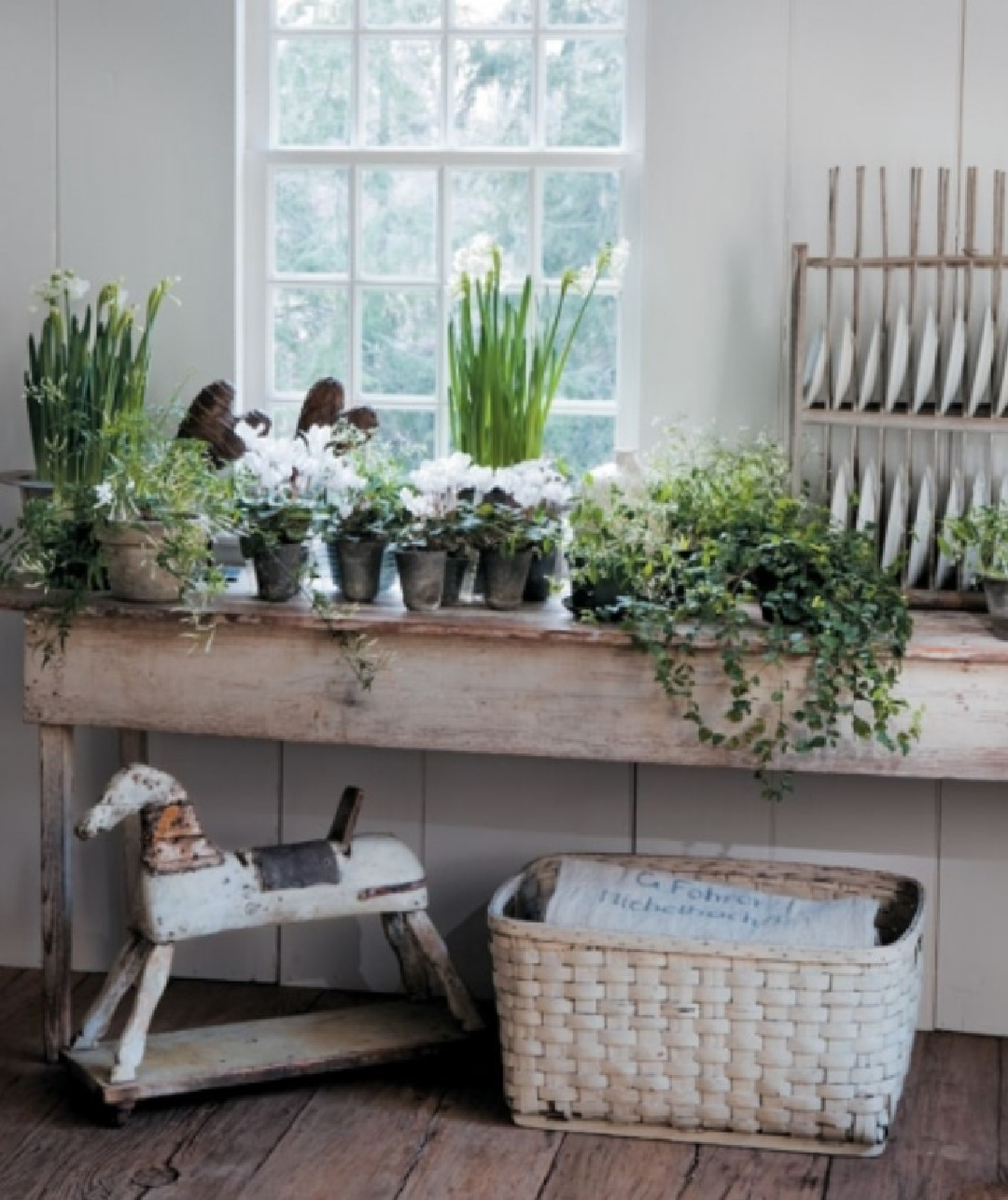
European Vs. American Country Design Accessories
When I think of traditional American Country accessories, my thoughts immediately go to folk art, handcrafted items, and functional pieces such as galvanized metal watering cans, baskets, earthenware pots, and vases that aren’t just for show.
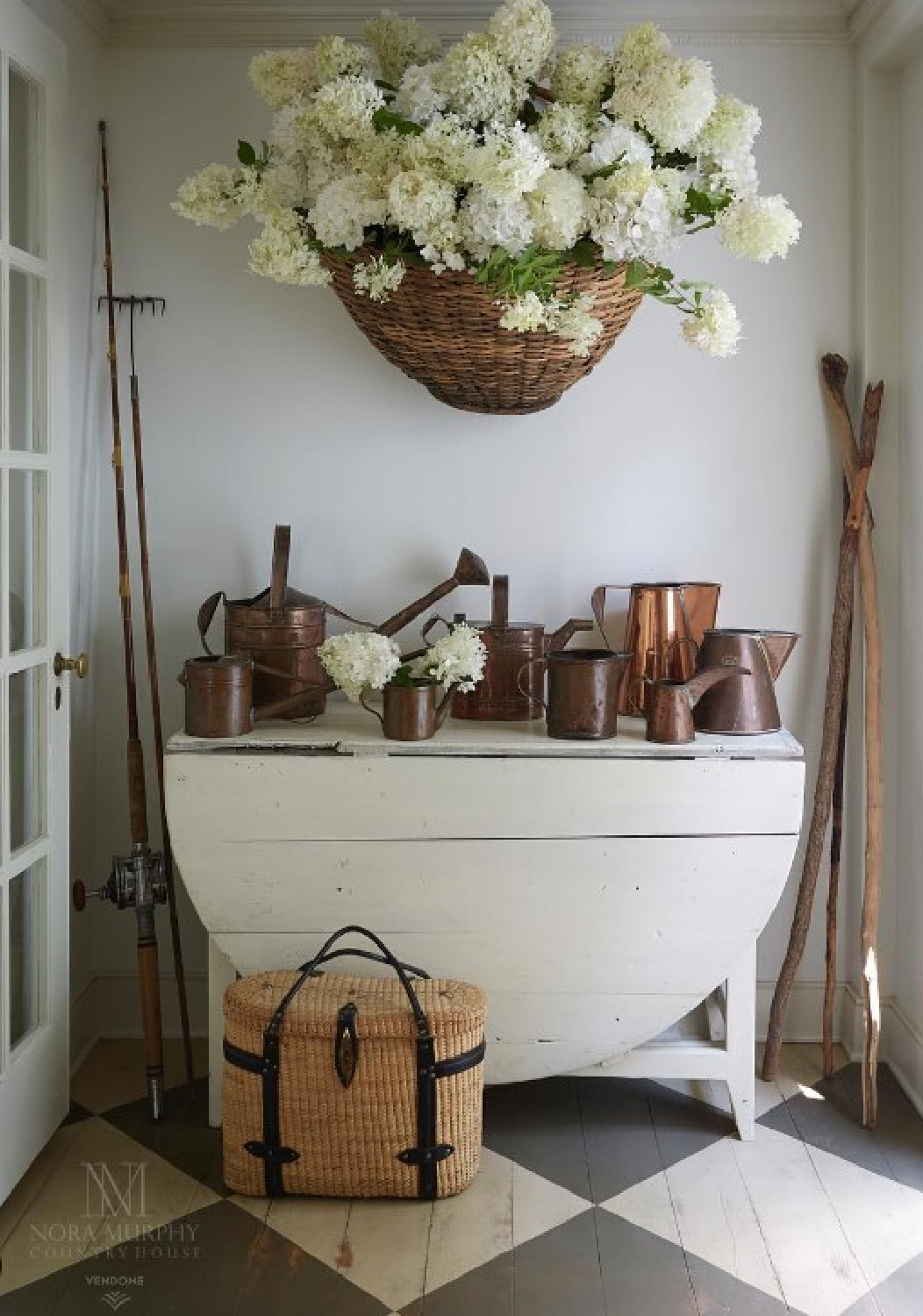
While European accessories may include porcelain, crystal, and other refined items, designs often incorporate a sophisticated mix of elegant with rustic decor. Yet it is becoming more difficult to distinguish beautiful English country and French country designs in the USA from their authentic counterparts.
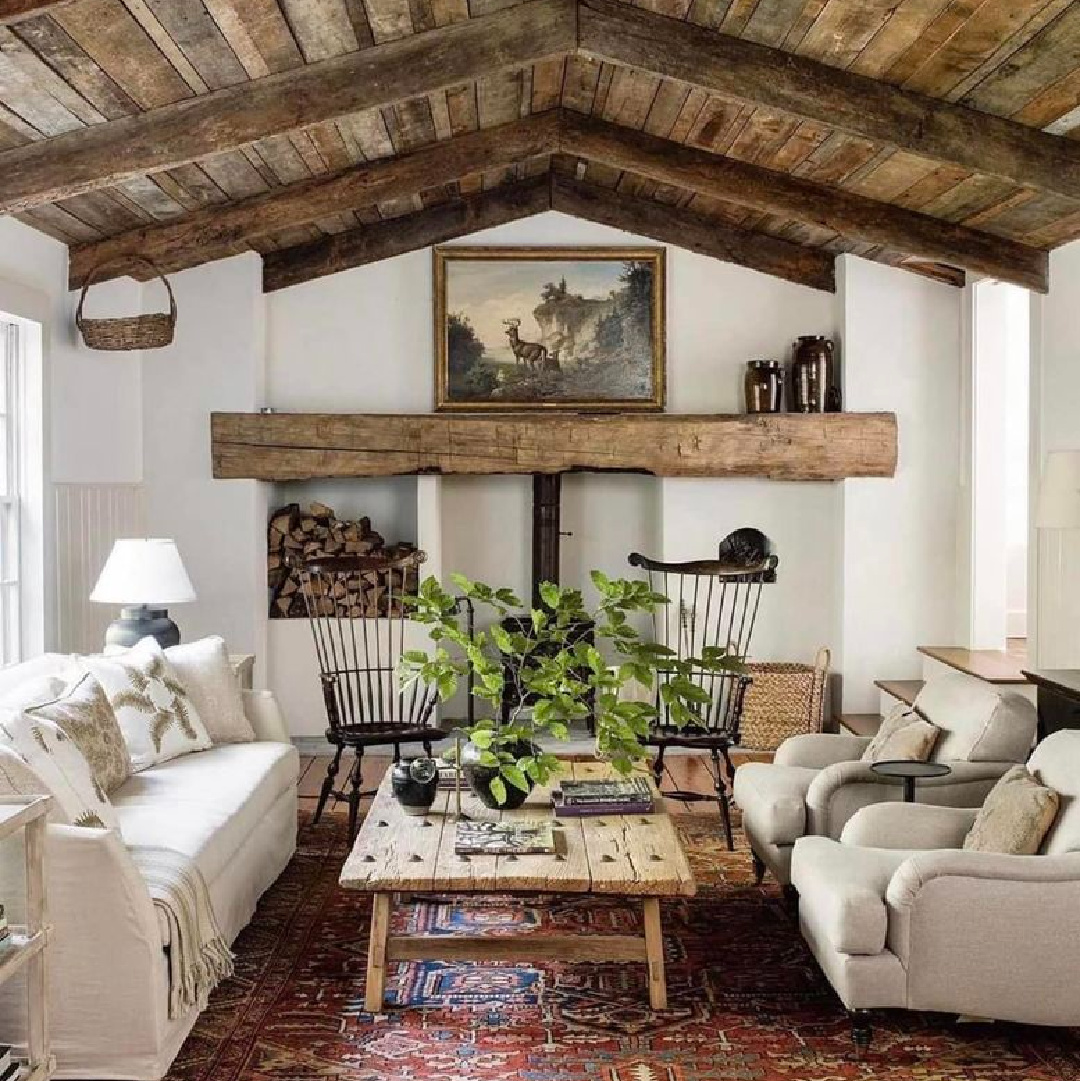
As more admirers of European country style emulate it in America by building homes with reclaimed European materials and furnishing them with antiques, the lines begin to blur. Does the look remain European country when it’s in the USA or is it technically a “heritage look?” My own ancestry is Northern European so “heritage” is quite fitting.
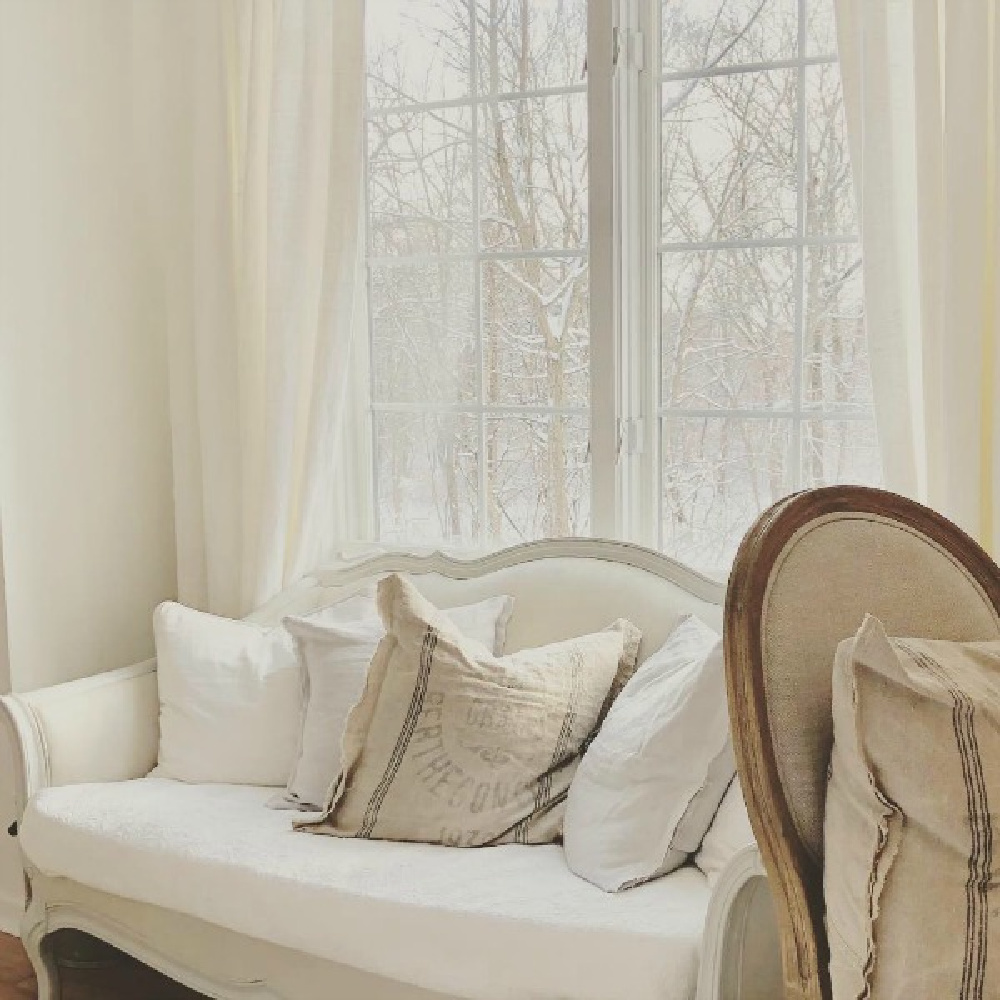
Square Footage Matters
It’s also worth mentioning that the size of American country spaces tends to vary from country interiors in Europe. American homes are larger, and Europeans are more comfortable with a smaller footprint.
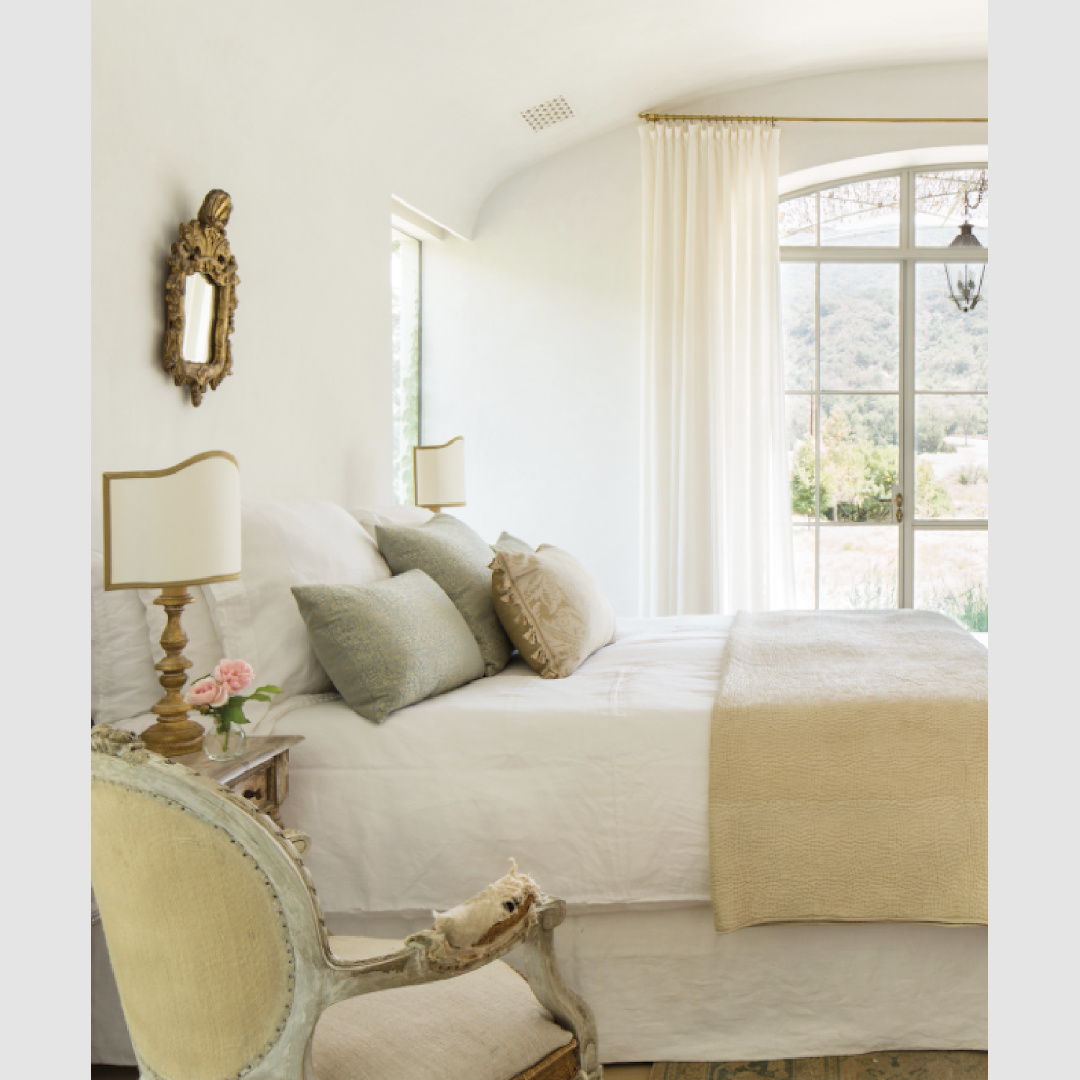
In practical terms, larger spaces are more expensive to build, furnish, and maintain, and this may be why we often see compromises on quality. It’s more expensive to do a big house than a smaller one!
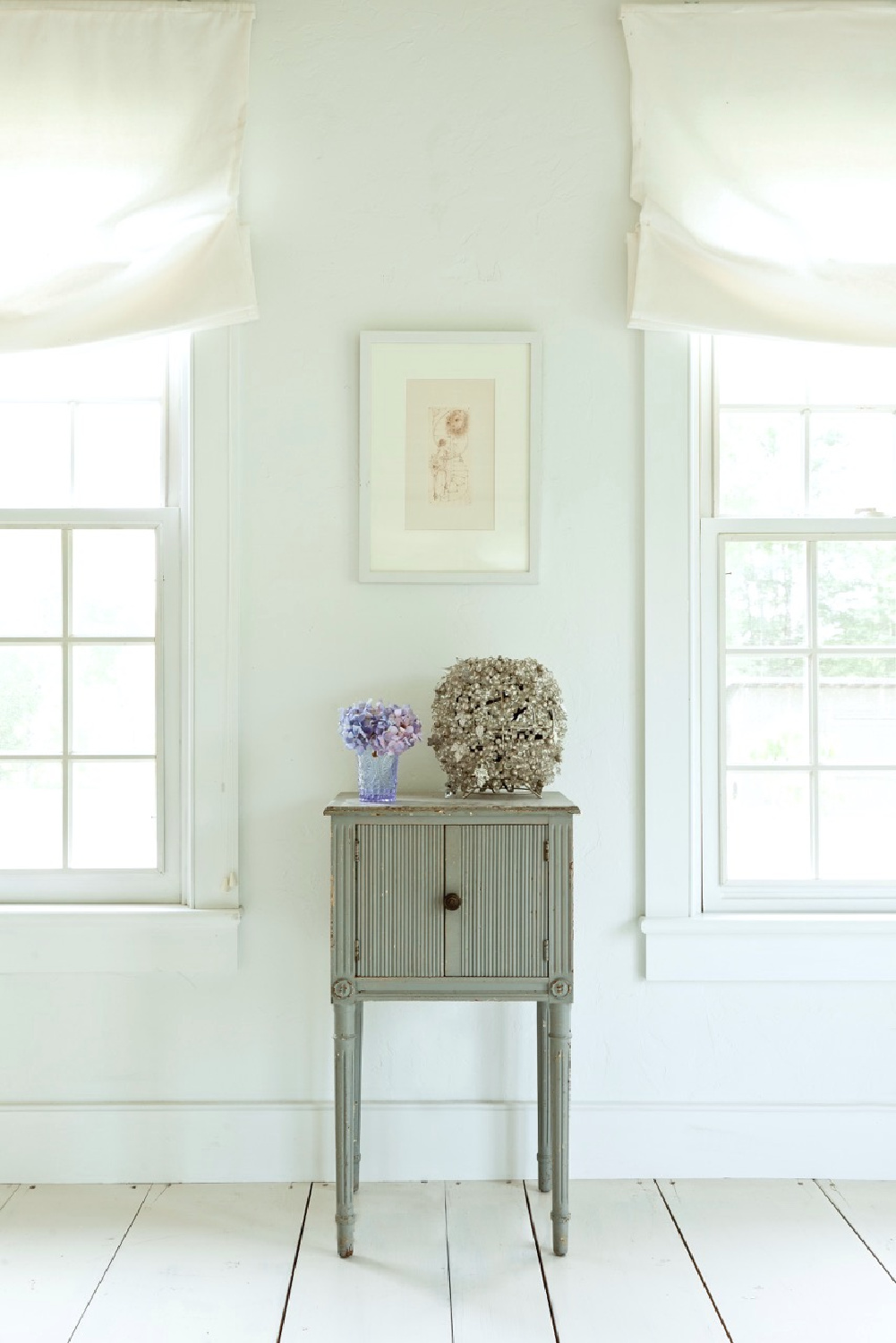
Helpful Design Considerations to Create the Look
1. Wall Texture Matters
If you are after a more timeless look that doesn’t feel tied to the present decade, changing a wall’s texture can make a significant difference. Sometimes it’s as simple as beaded board, and in other cases, more labor-intensive hand troweled plasterwork can elevate the look.
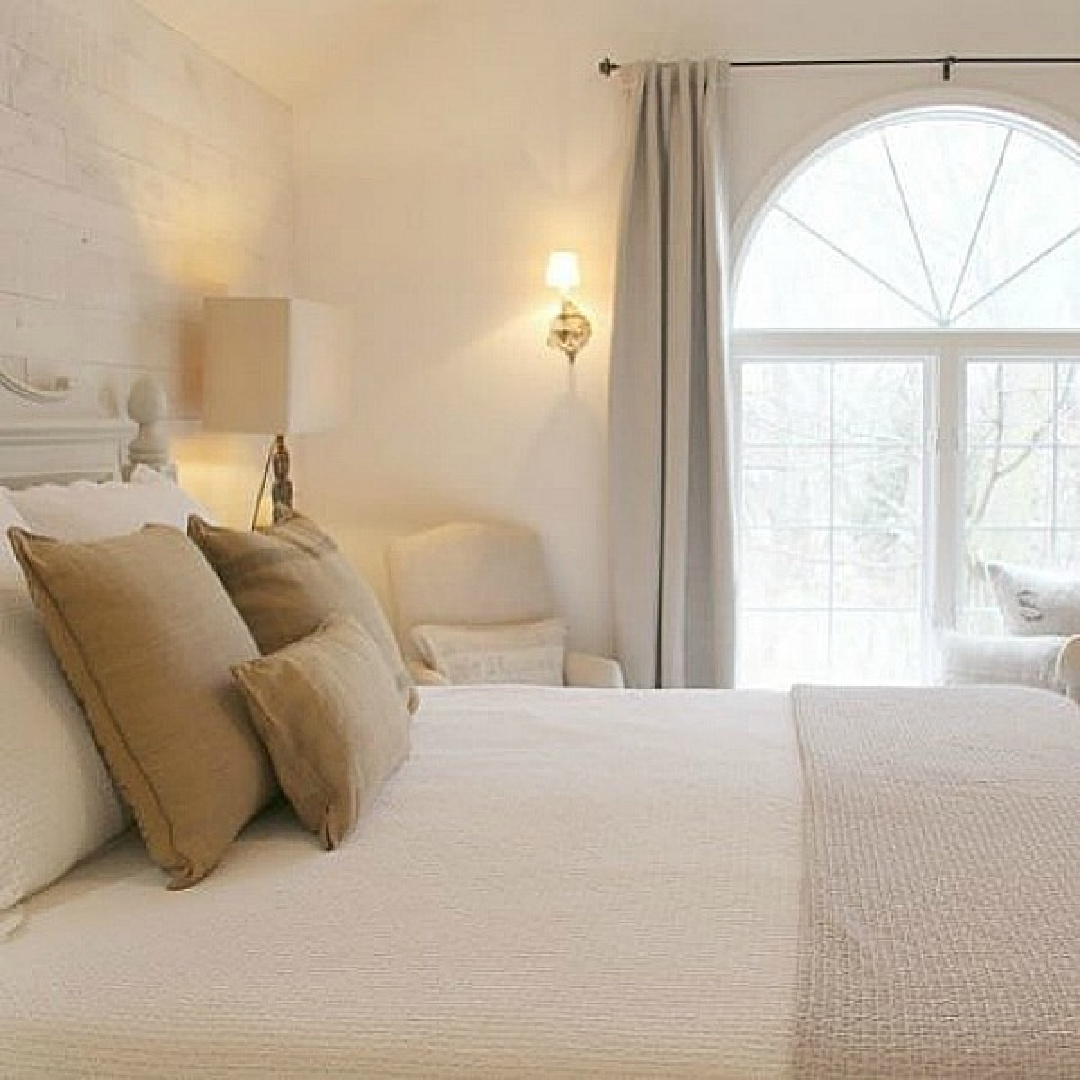
Since we renovated our former home top to bottom DIY style, I was too tired to plaster our bedroom by the time I got to it. Still, I wanted to add natural texture in a no fuss manner. The peel and stick panels we installed on the bed wall are not faux. The wood is actually reclaimed pine. With a product such as this, you get that organic sense that the material is alive and breathing…and it just happens to be offered in convenient planks to quickly install.
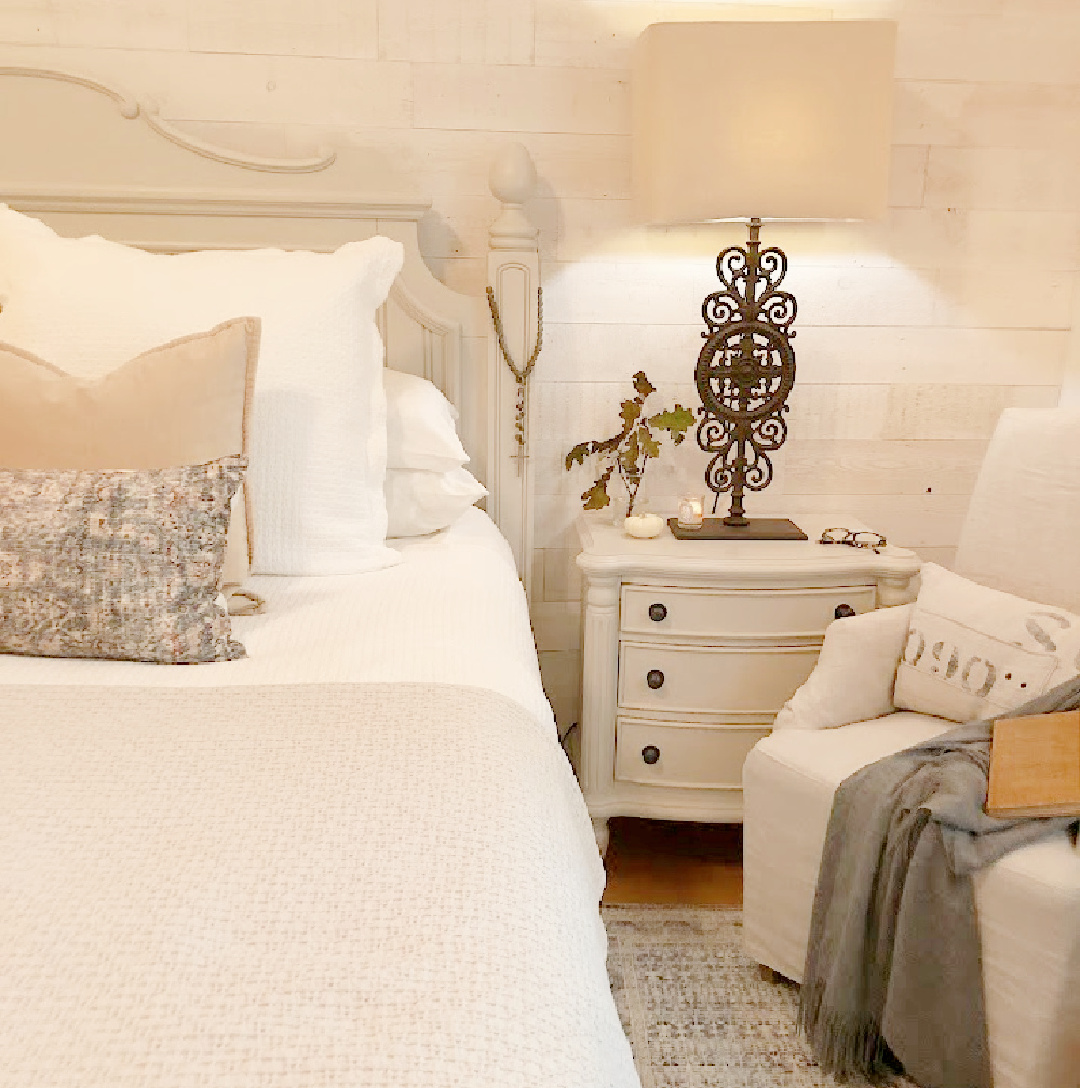
2. Neutral Backdrops Ease a Host of Woes
If you favor a more lightened up, freshly modern country look, it may be sensible to keep the palette neutral. But which neutrals? It often is a confidence booster to know which paint colors designers you trust tend to choose. Then you can sample a handful to arrive at the best tones for you. Nancy Fishelson recommends Benjamin Moore WHITE DOVE for a trusty white color, and I wholeheartedly agree.
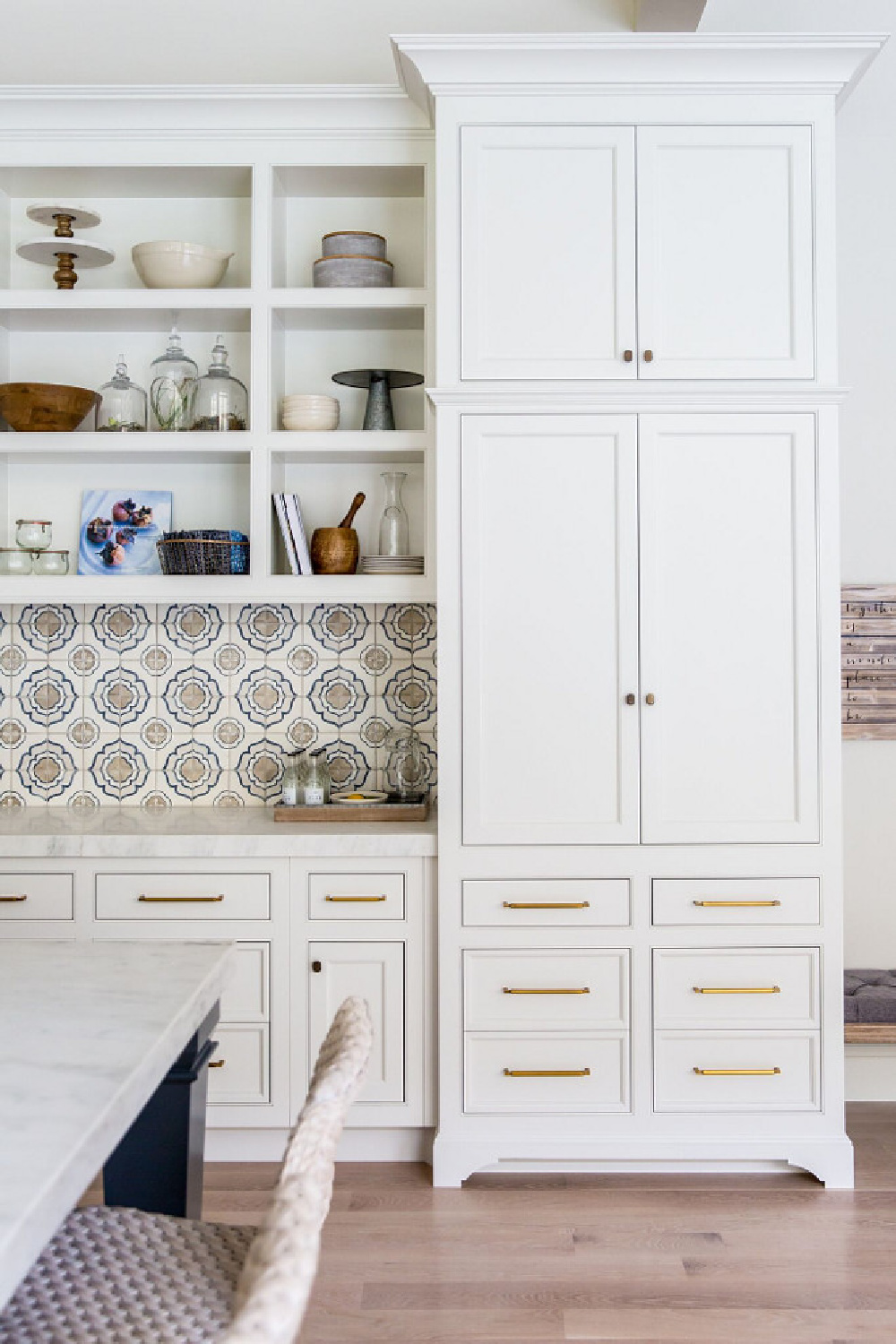
Curious about the mood created with cool whites vs. warm whites? See THIS.

Fishelson also recommends this hue for floors: Benjamin Moore THUNDER.
Similar to Thunder, the designer’s favorite gray paint color was Tucker Pale Gray which is discontinued! Benjamin Moore WISH is essentially the same color as Tucker Pale Gray and a gorgeous hue if you’re seeking an idea for kitchen cabinets. (You’ll also discover lovely putty paint color ideas in THIS STORY.)
I have always admired how Nancy Fishelson interprets modern New England country style without clutter or fuss!
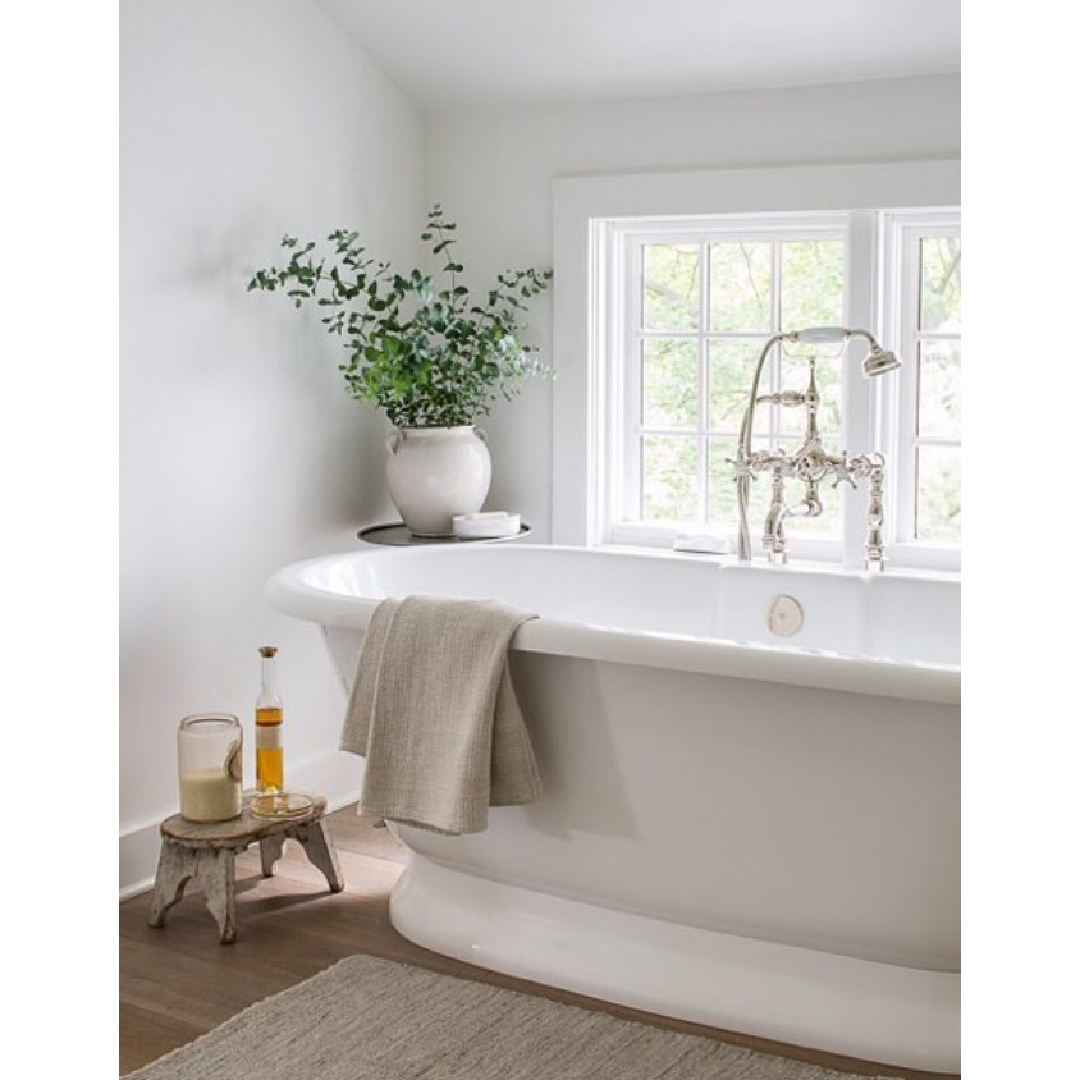
3. Checkered Patterns to Add Personality & Movement
CHECKERED FLOORS, check prints and gingham set a whimsical tone and definitely won’t hurt resale at the moment since they are a timeless element that happens to be trending at the moment. (Not that we care about what is trending!)
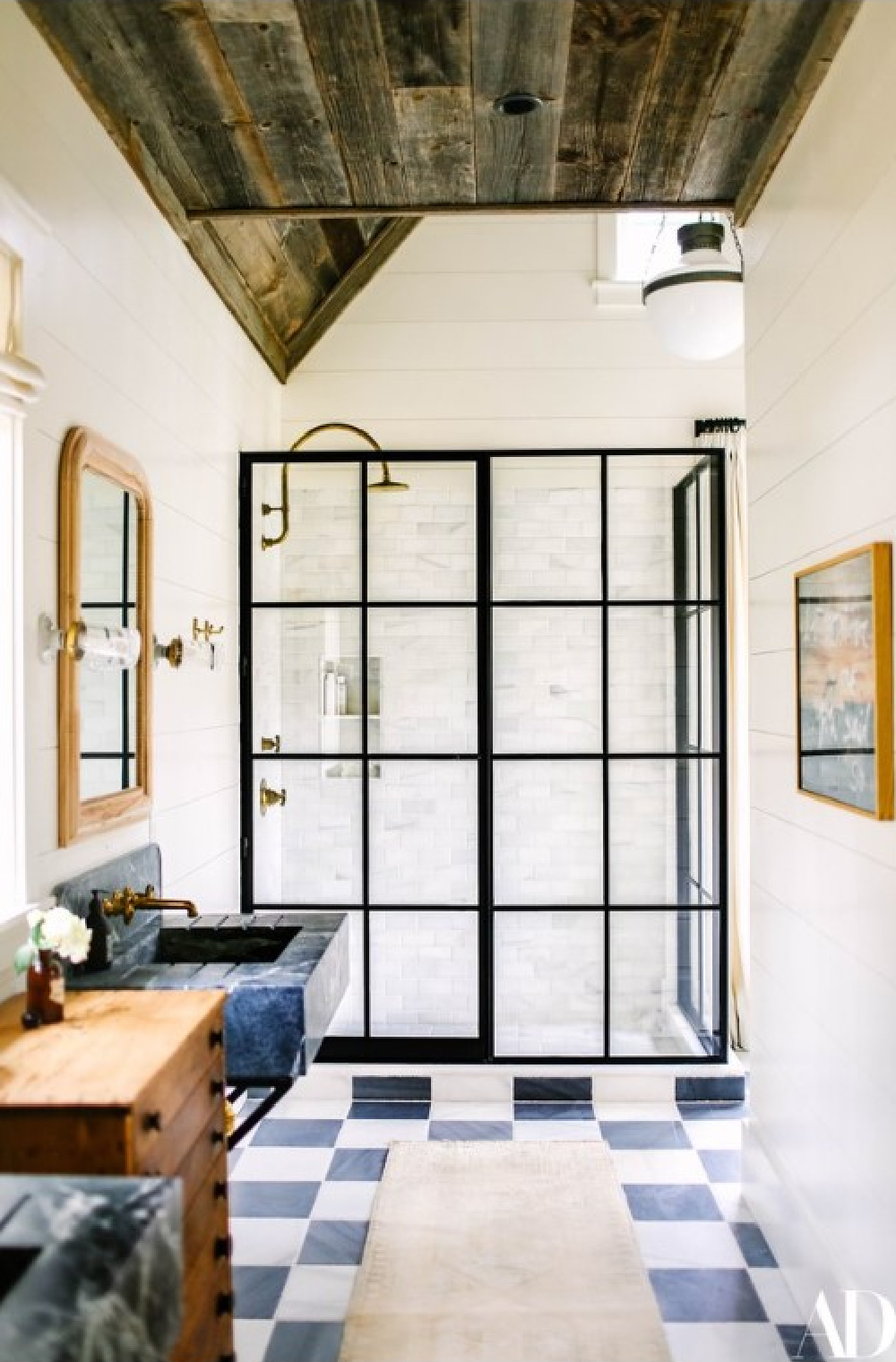
They truly seem to be everywhere you turn these days in American country homes and beyond, aren’t they? I even devoted an entire post to them HERE after seeing Nate and Jeremiah’s floor:
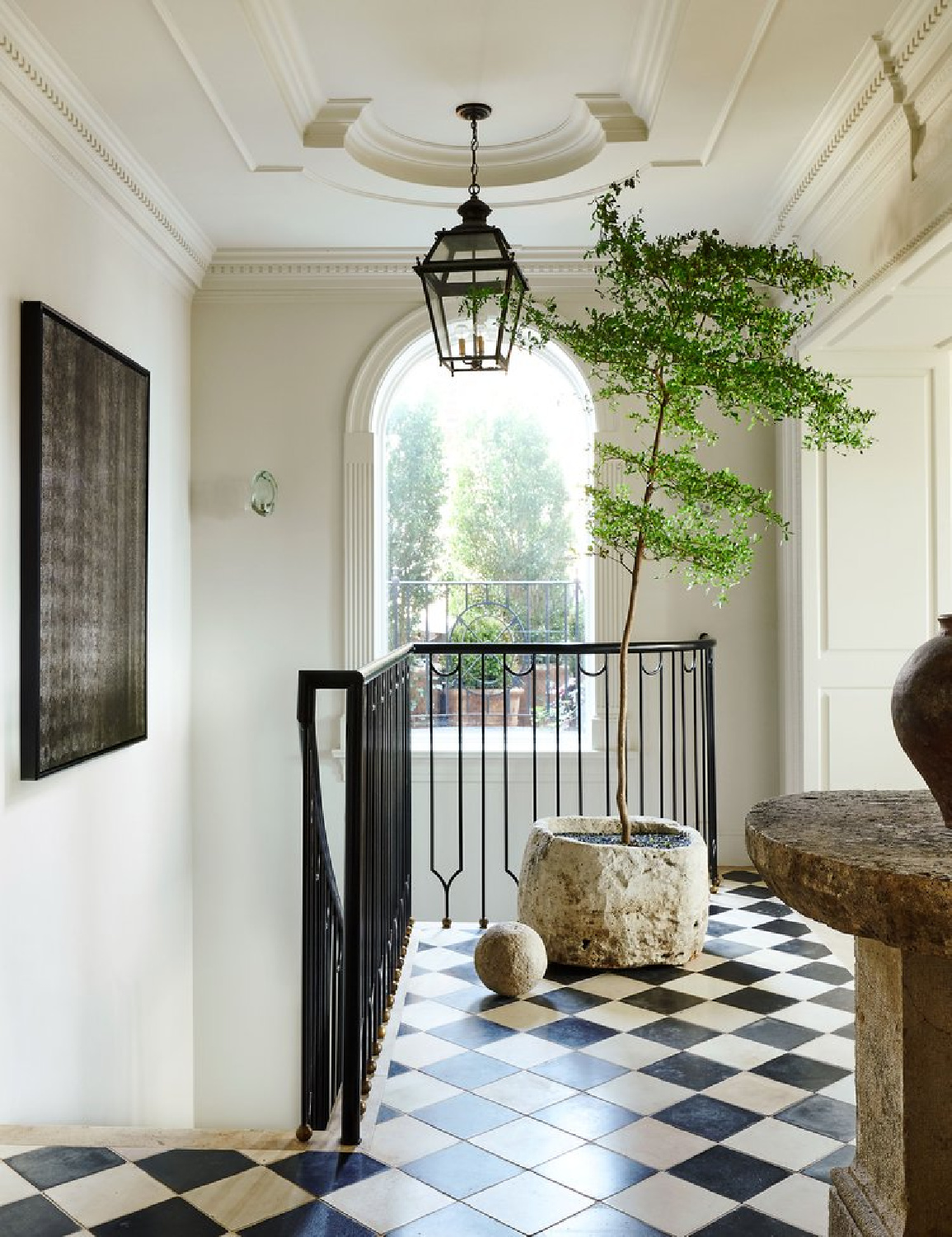
It is amazing how a checkered floor can be humble and folksy…
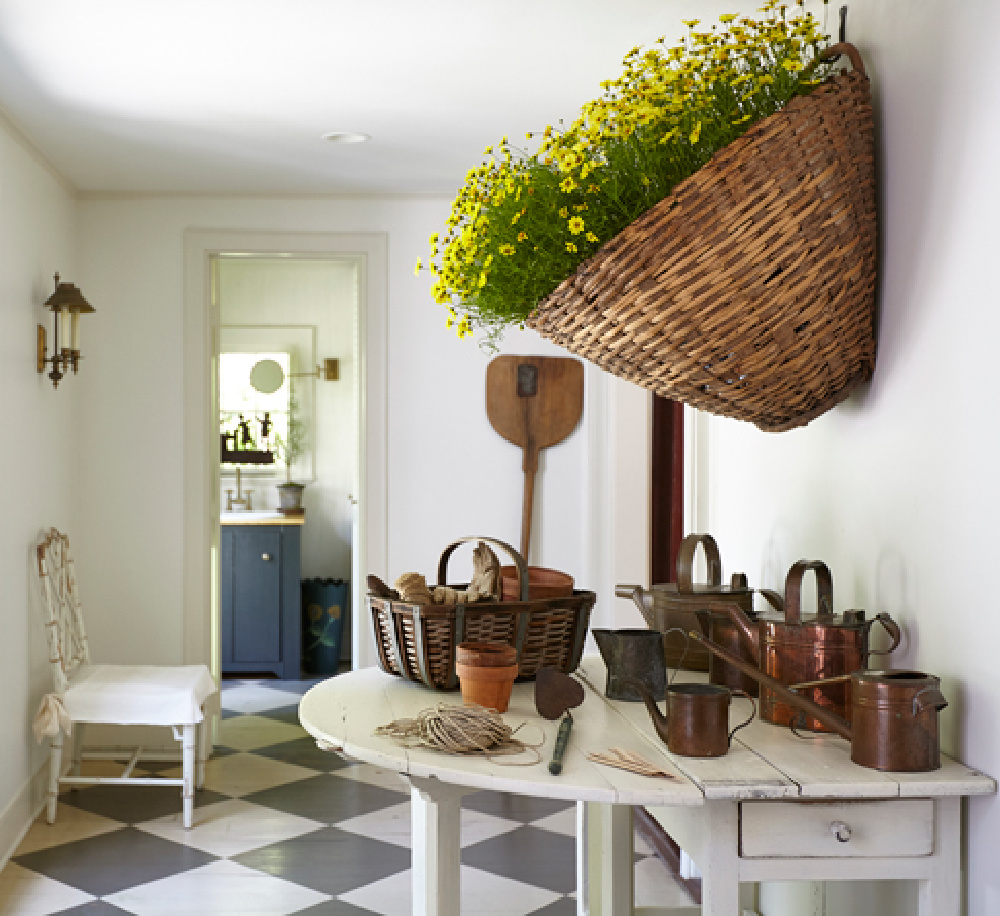
and also so chic and elegant.
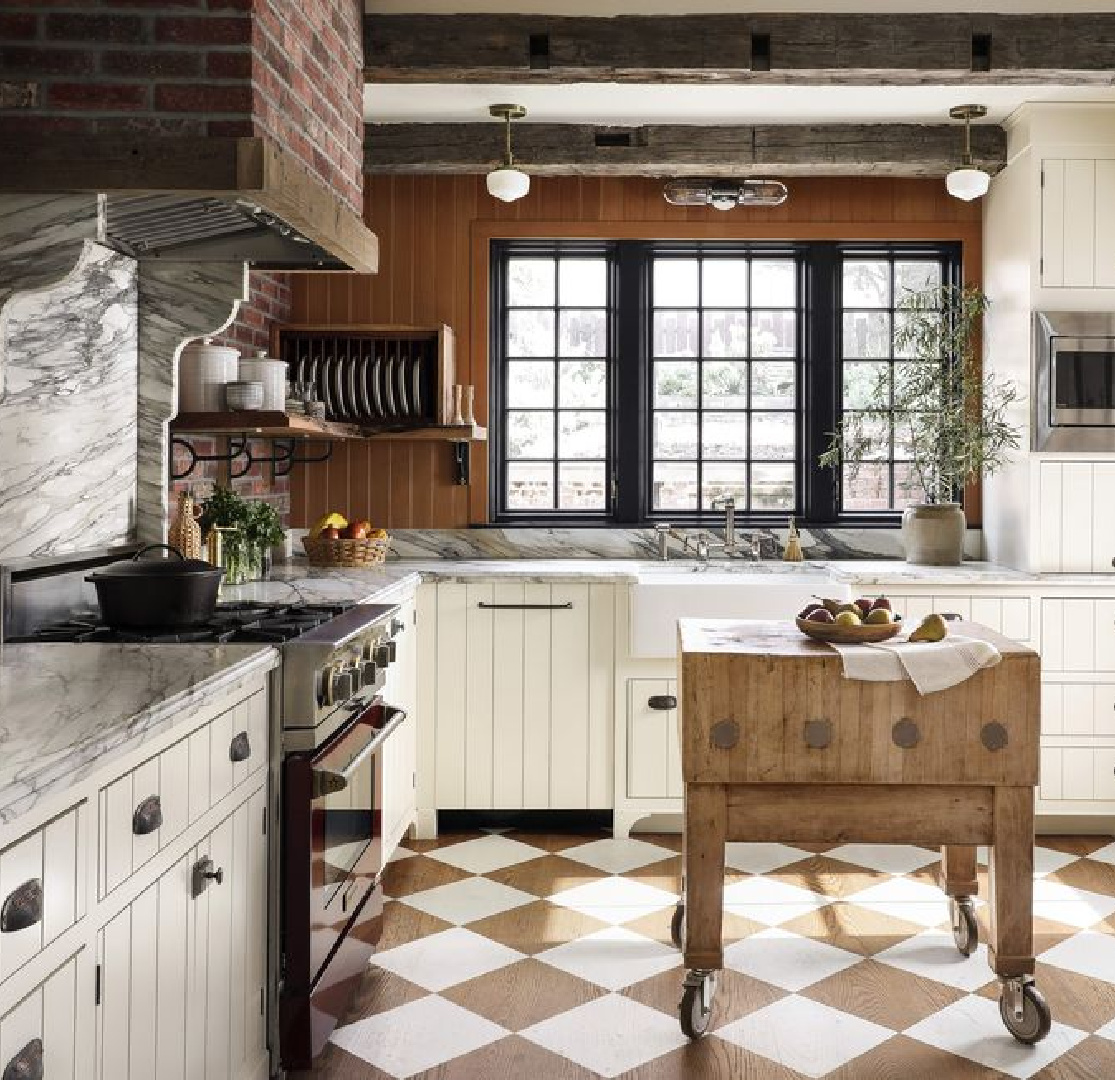
Should you desire an excellent source for American country spaces, you’ll definitely want to order Nora Murphy’s book!
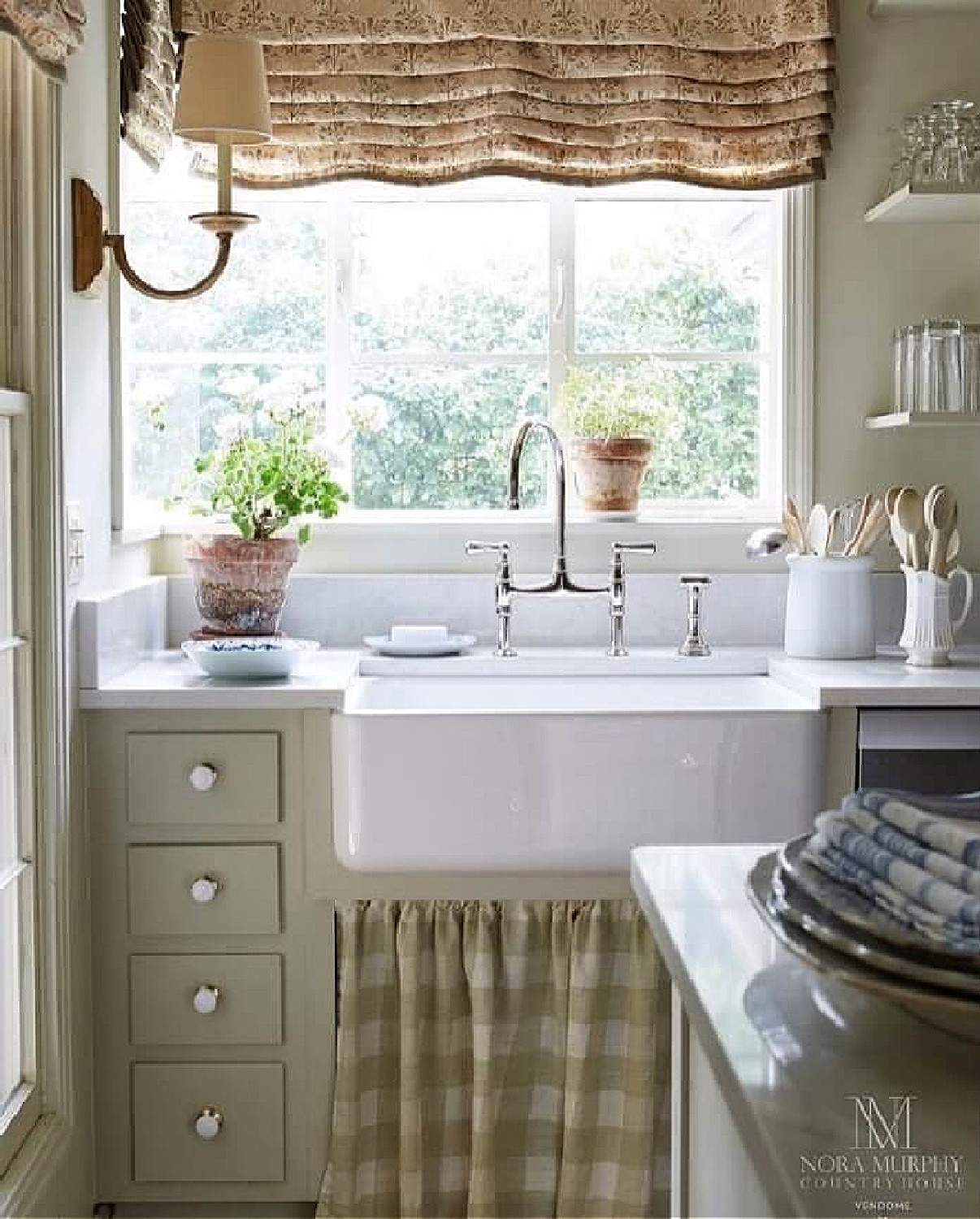
Find it RIGHT HERE.
And be sure to pre-order Nora Murphy’s Country House Living (Rizzoli, 2024):
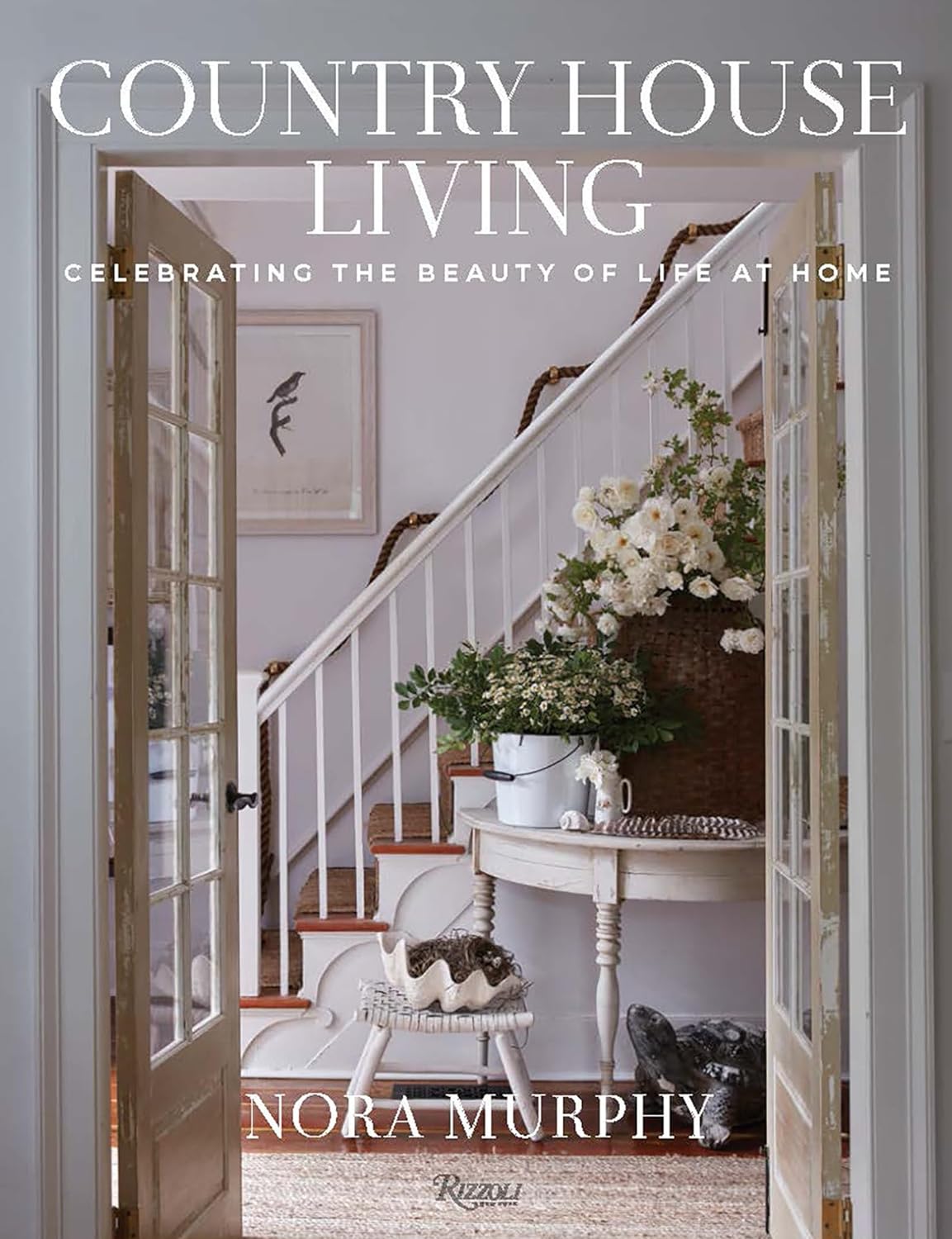
4. Bring Together Favorite Objects
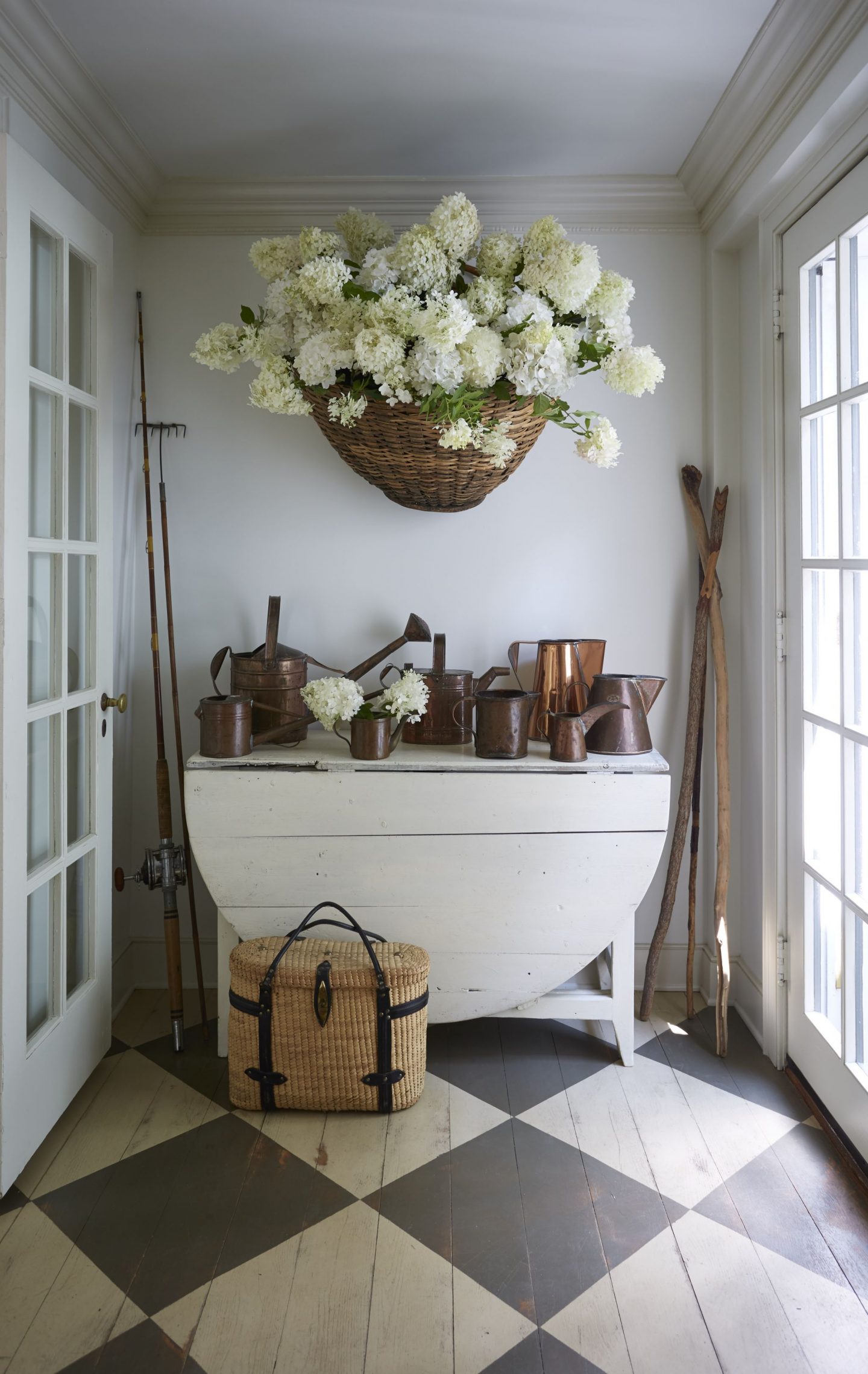
About her charming entry, Nora Murphy writes,
“Everything in this entry represents something dear to us–my love of gardening, Rick’s love of fishing, Conor’s love of hiking in the woods–it can change with the seasons or the occasion.”
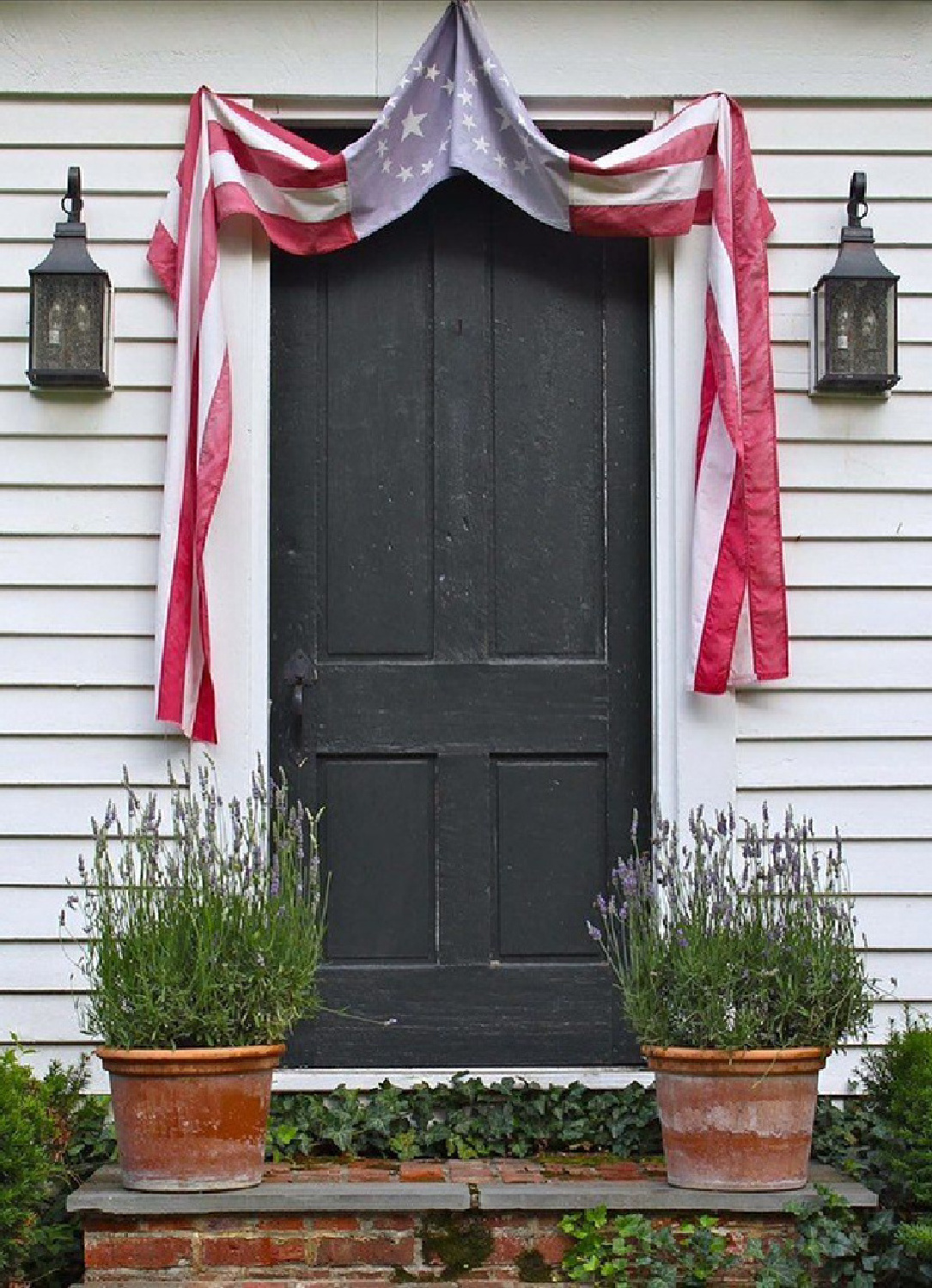
Gathering the collected art and treasured objects saved by a family may be the most important part of completing your American country room.
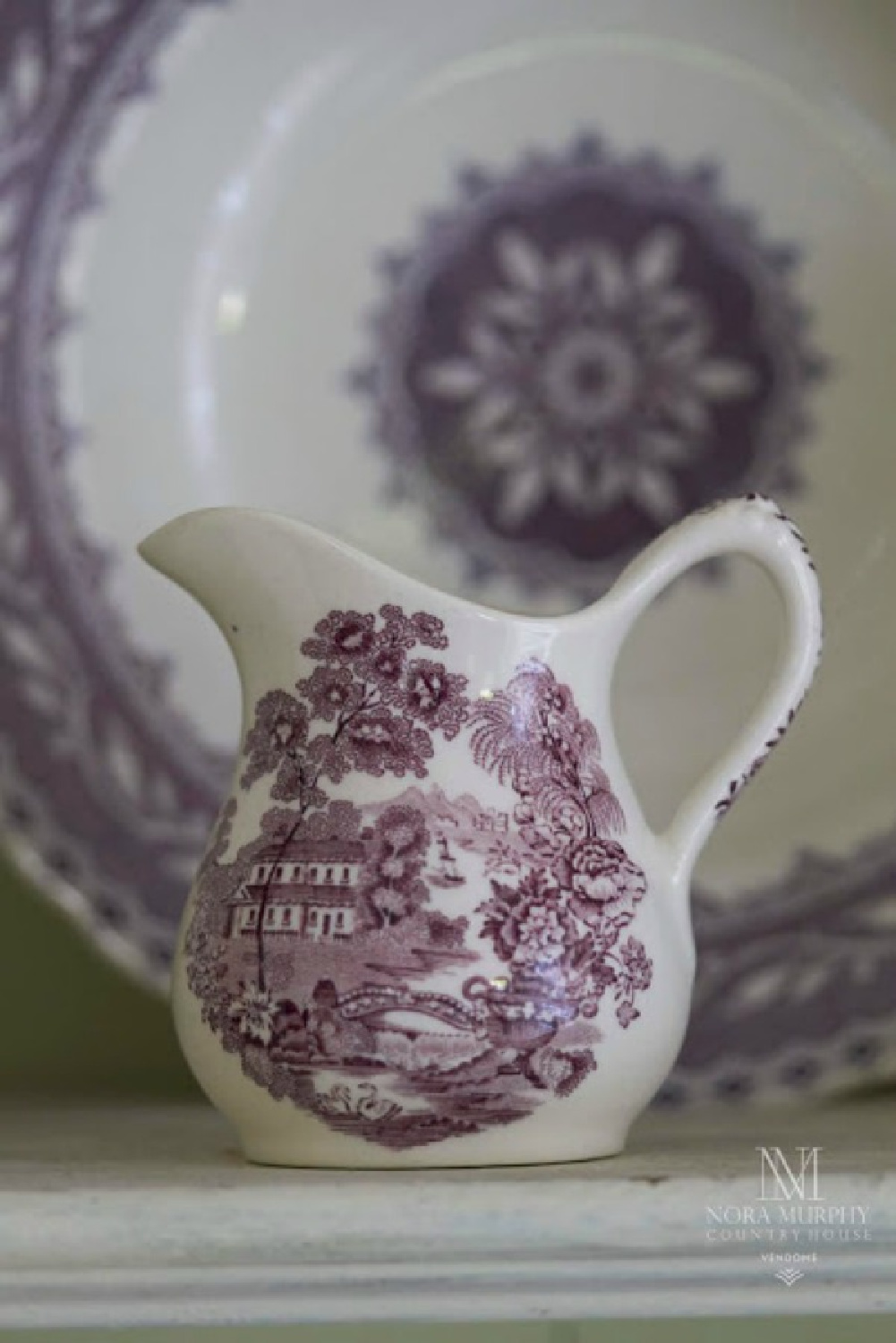
Bonus points when time works its magic on those gathered objects since age, weather, and patina increase their beauty over time!
5. Prioritizing Authentic Materials
Even though AI generated images of interiors are improving and becoming more and more life-like, at this juncture you can still sense a lack of authenticity. Is there any substitute for it? I suppose if one is strictly interested in appearances and achieving a ‘real enough’ look for social media, then authenticity may not be high on the list.
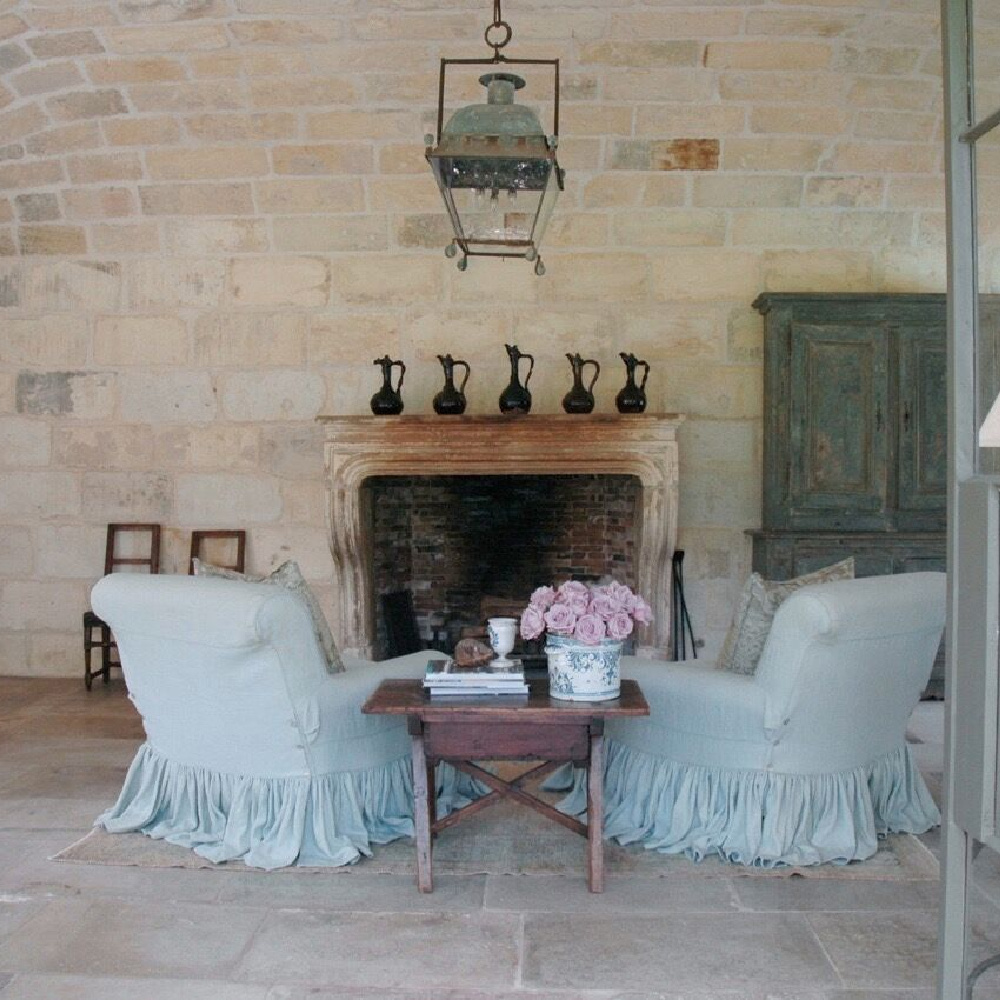
But whenever possible, authentic is best. While the home above is located in Texas, the materials used to create it are old reclaimed treasures from Europe.
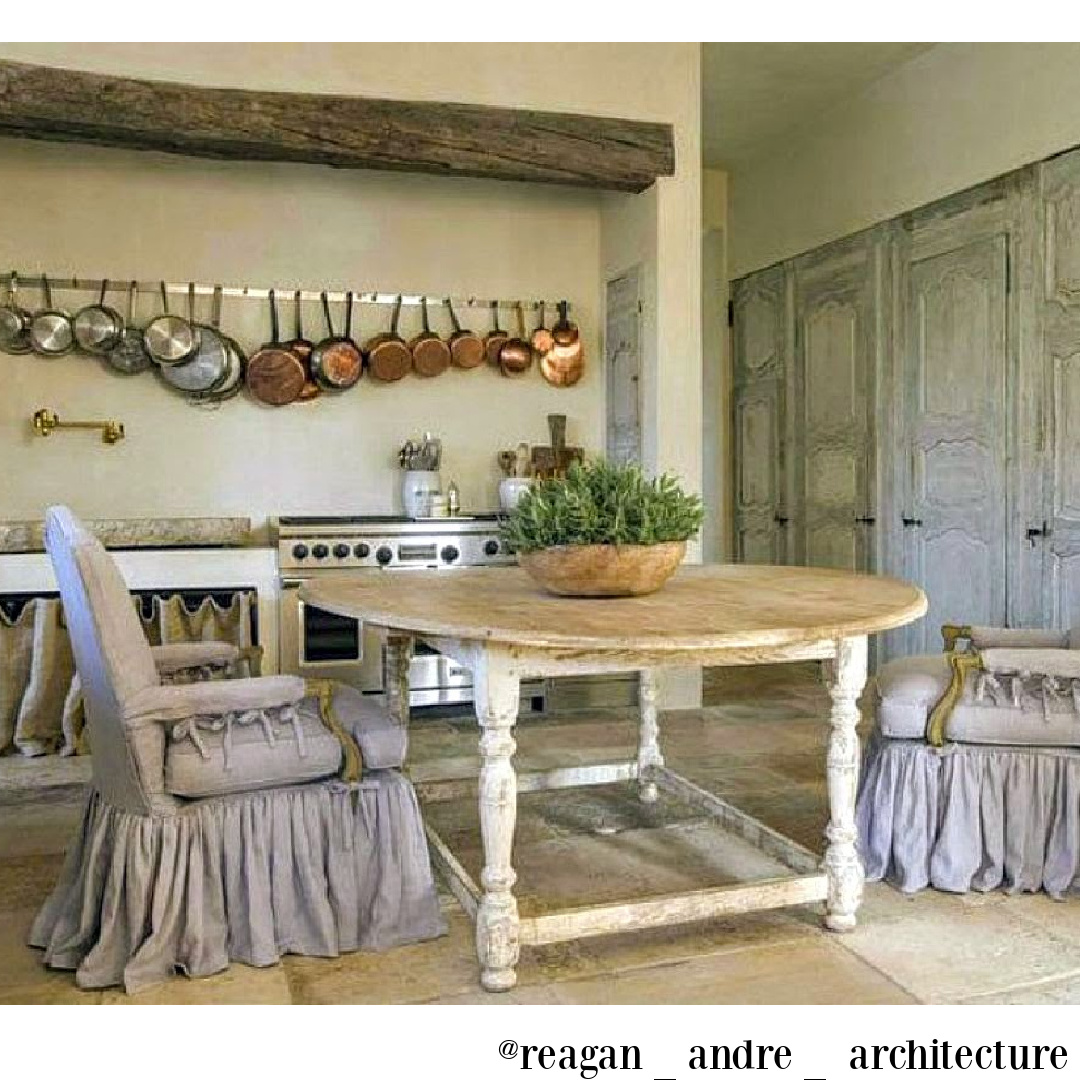
There’s just nothing like collections of antique and vintage pieces, aged finishes that have developed over time, sumptuous linen, and old stone.
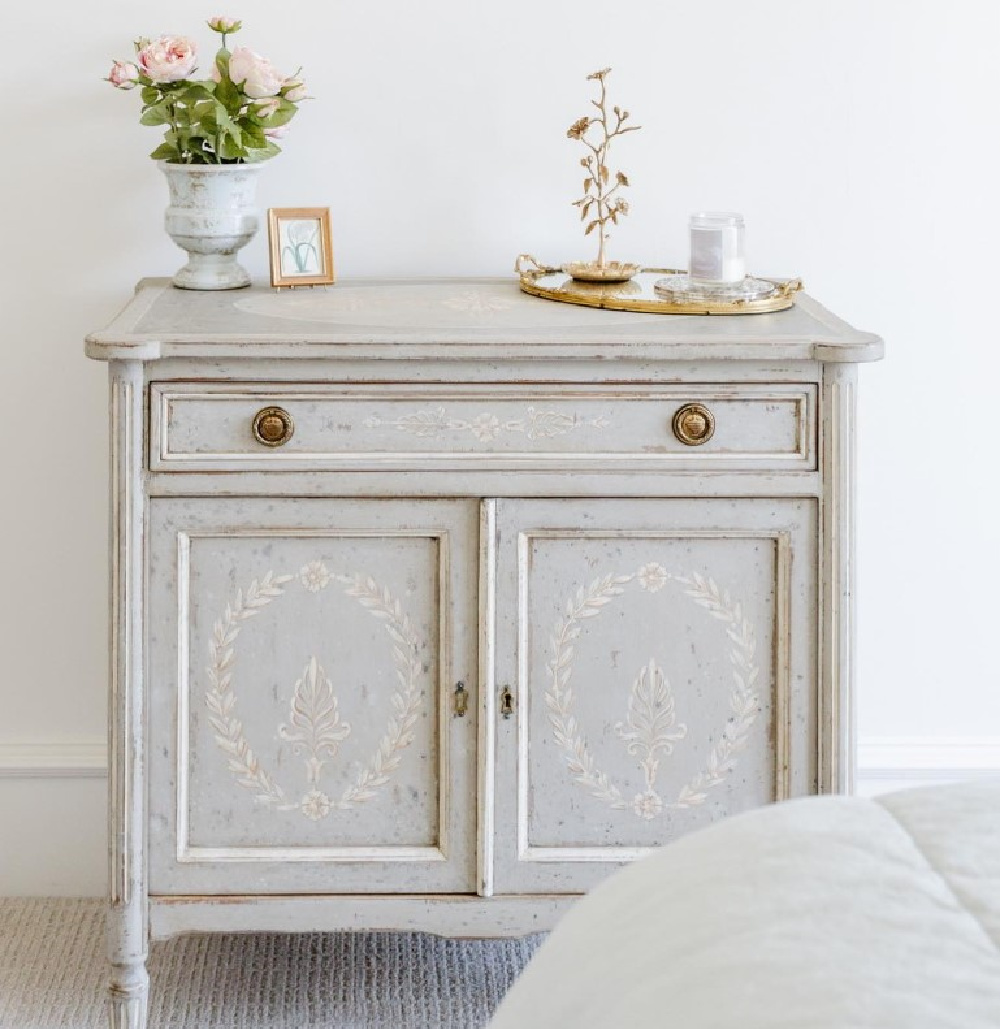
6. Embrace the Imperfect
When time and use have their way with natural materials, new layers of beauty are added as humility and character emerge.
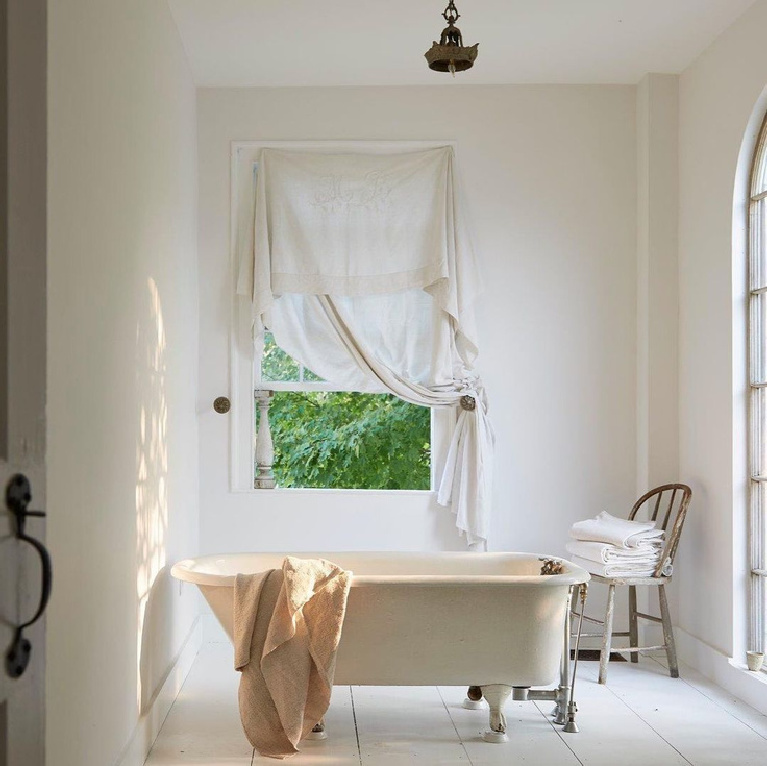
I don’t think it’s a small thing that some of us are drawn to the history and soul of things worn and almost used up. We sense integrity and a retreat from wastefulness. Imperfections are often a result of someone caring enough to continue displaying, using, and loving the object.
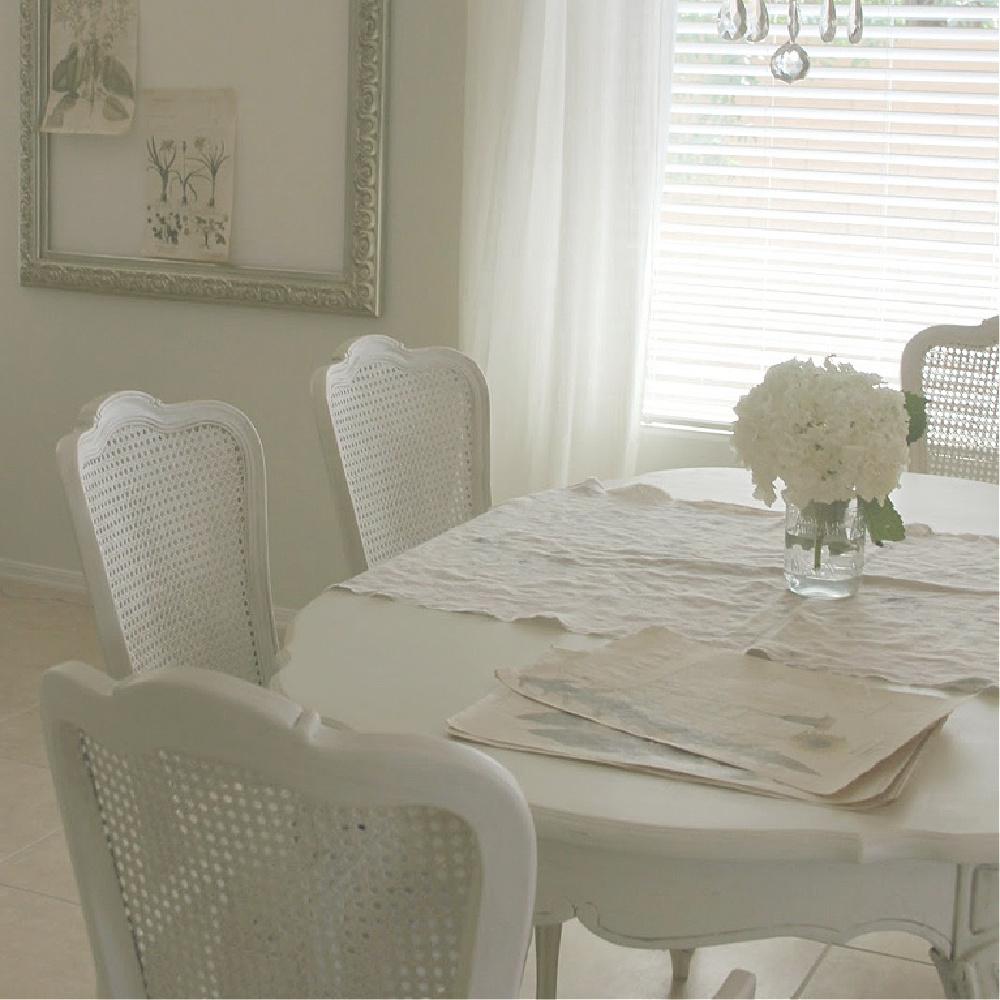
7. Cheerful Blue and White
They can be so lovely in a country house, and for me, it’s so quintessentially American.

Even painting the ceiling blue can bring unexpected cheer!
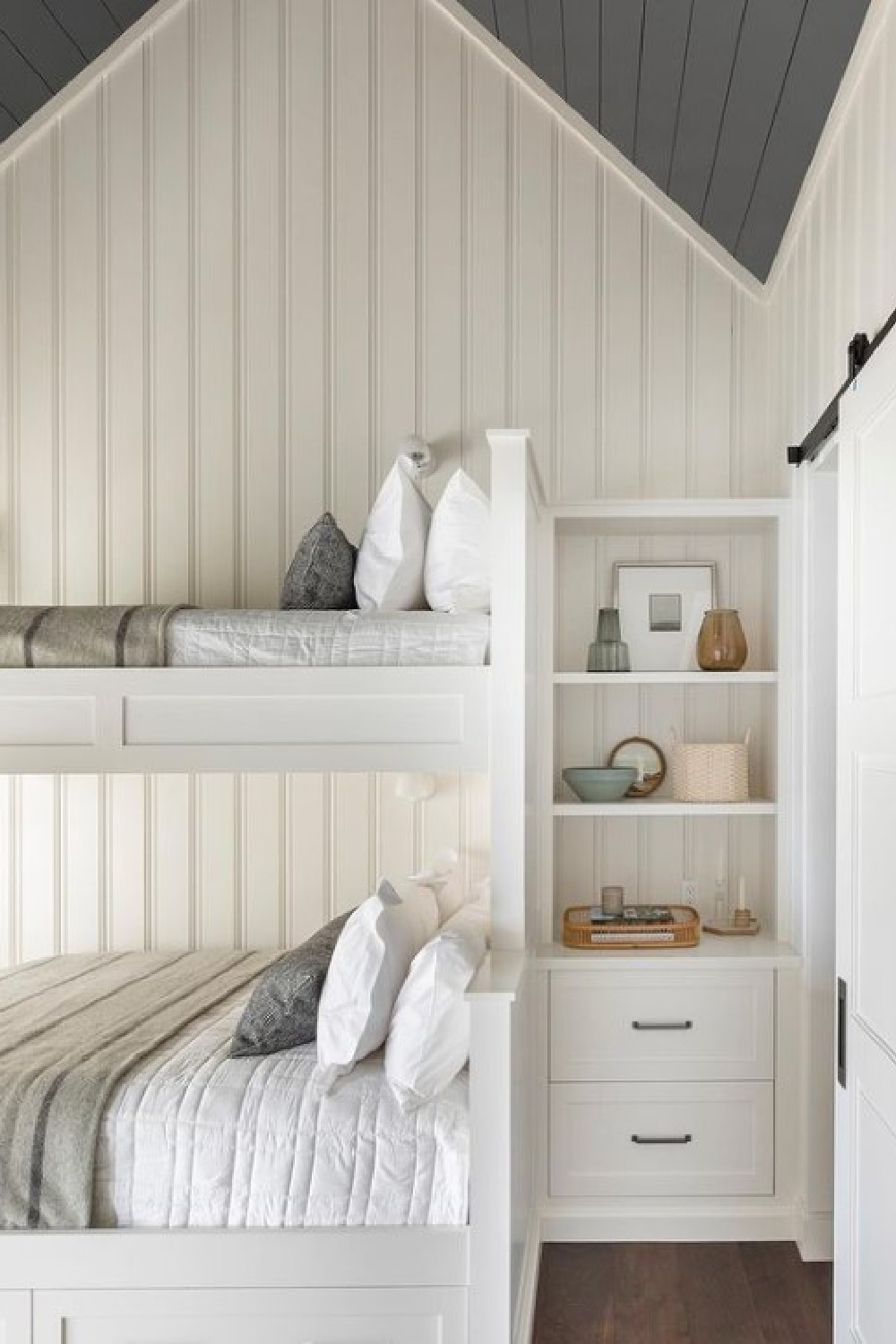
But which blue? Find haint blue ideas HERE.
I independently selected products in this post—if you buy from one of my links, I may earn a commission.
Resources for Country House Ideas


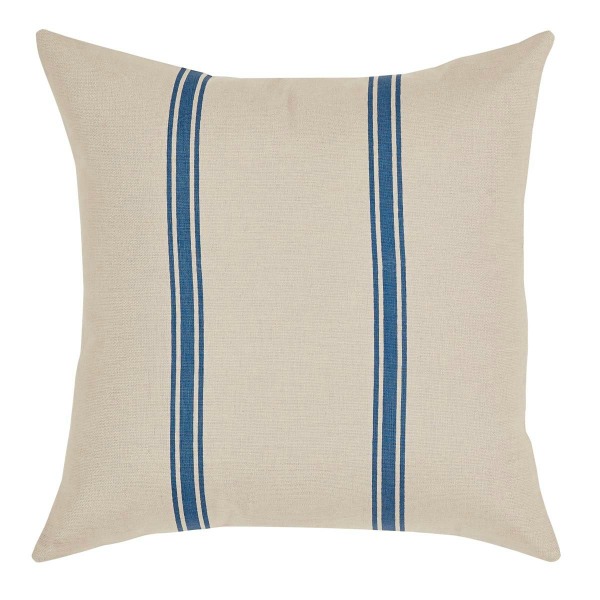
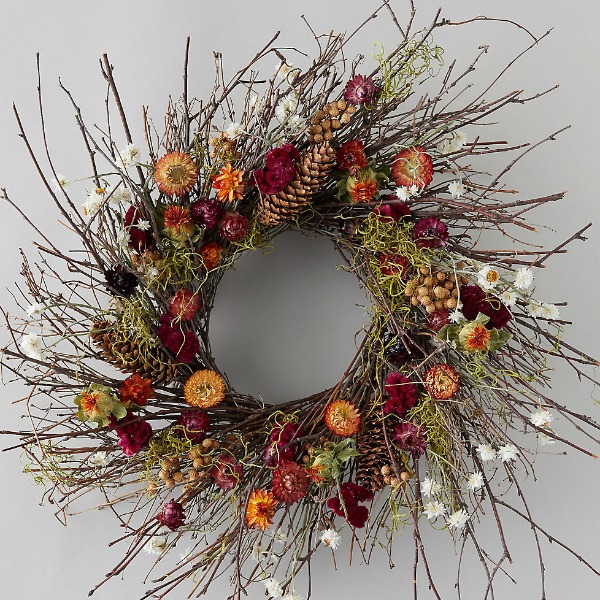

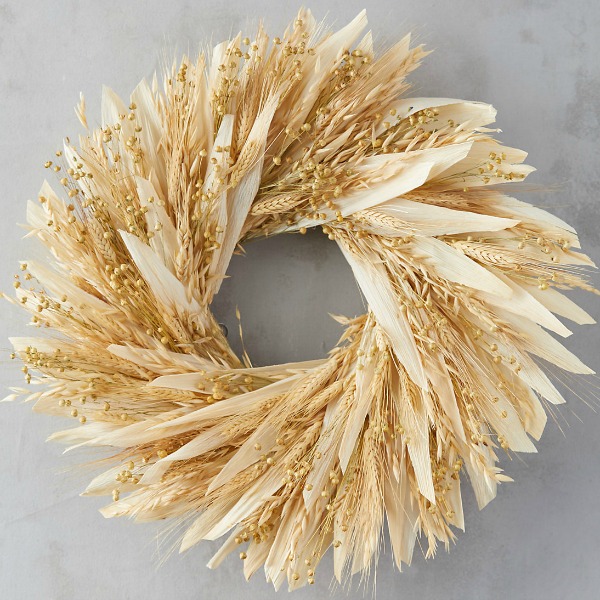
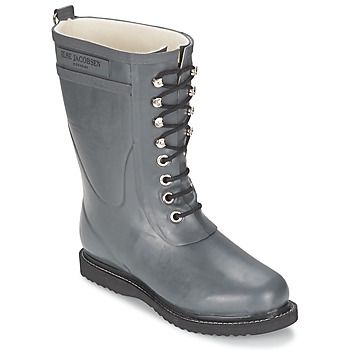
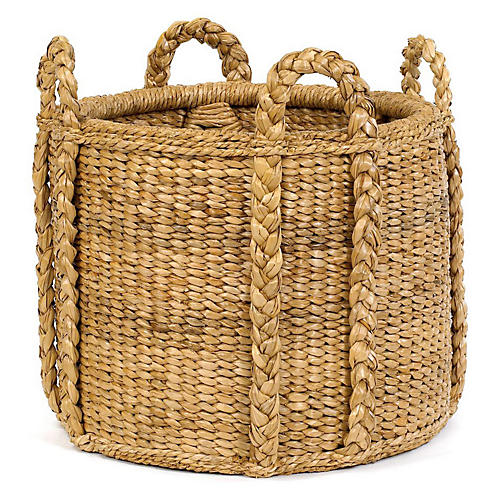
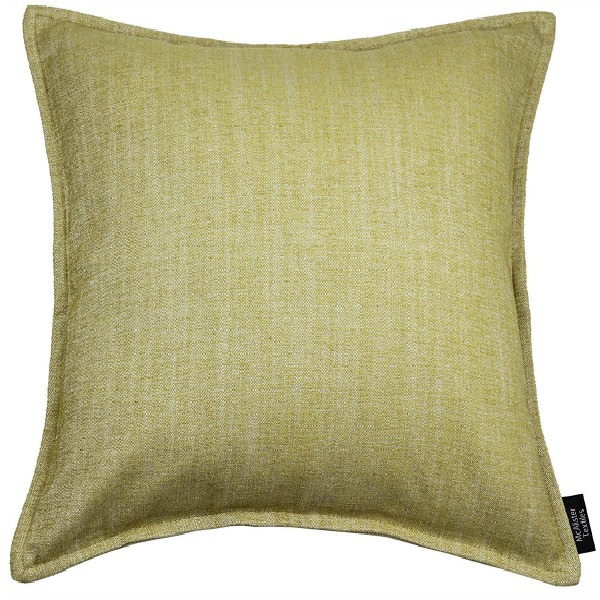
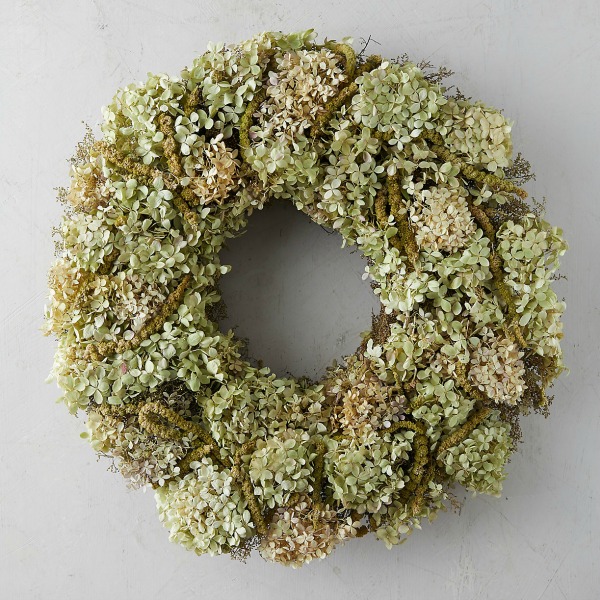
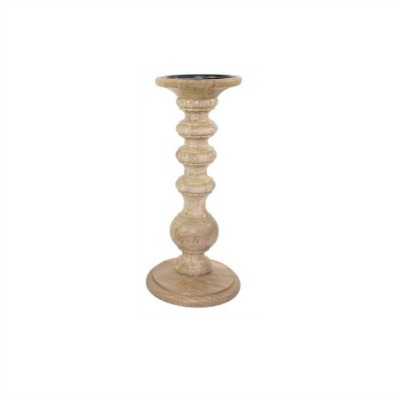
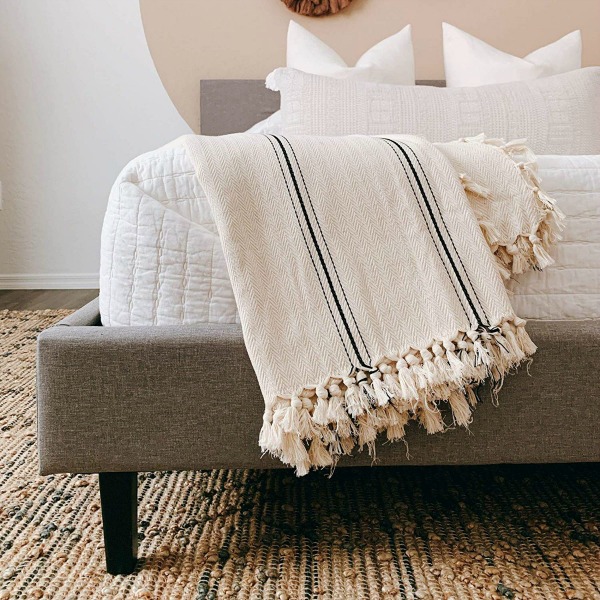
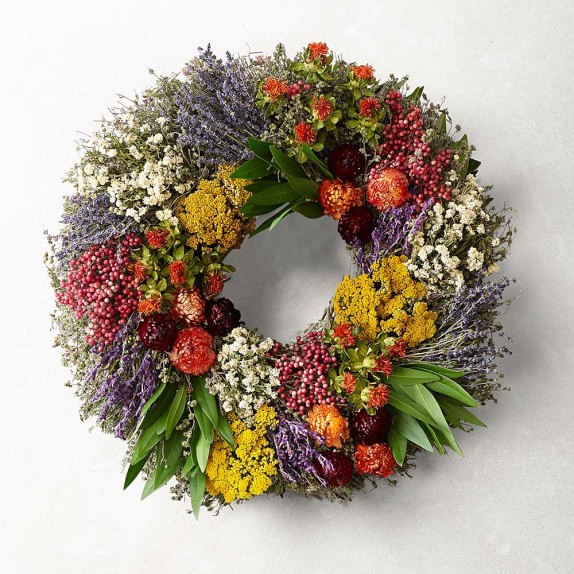
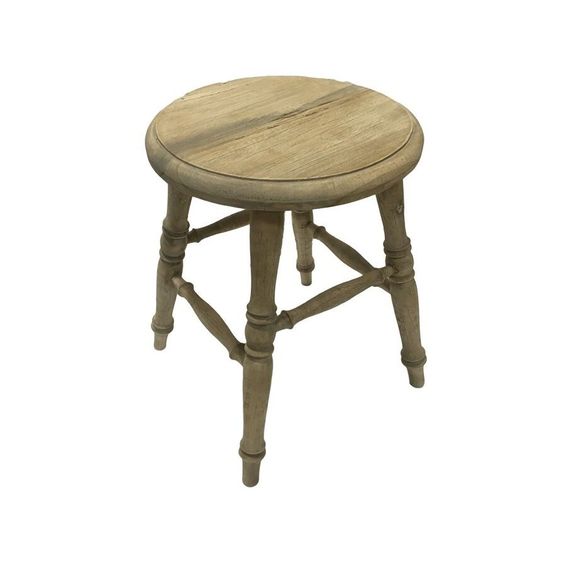
I independently selected products in this post—if you buy from one of my links, I may earn a commission.
Peace to you right where you are.
-michele
Thanks for shopping RIGHT HERE to keep decor inspiration flowing on Hello Lovely!
Hello Lovely is a participant in the Amazon Services LLC Associates Program, an affiliate advertising program designed to provide a means for sites to earn fees by linking to Amazon.com and affiliated sites.
